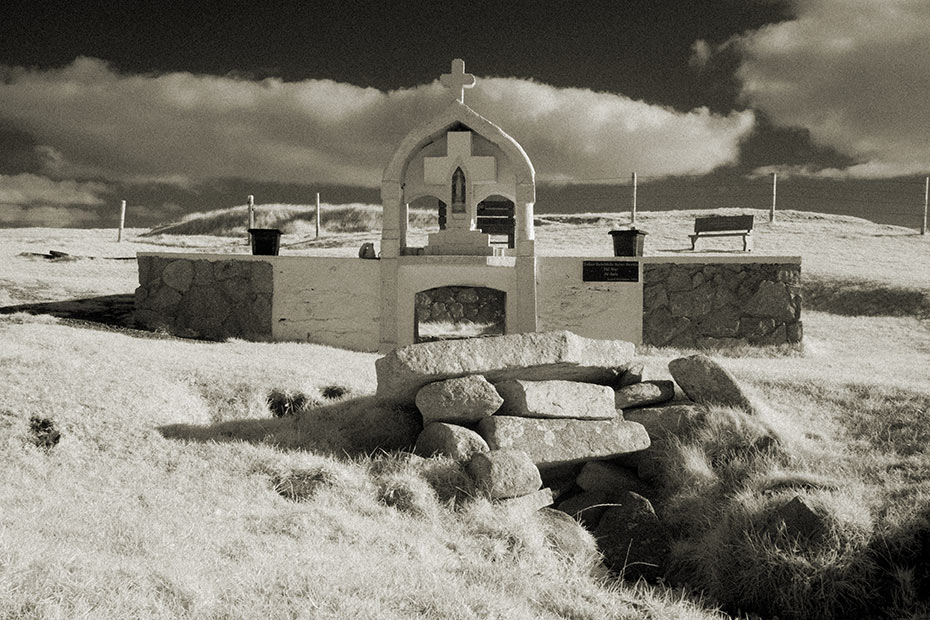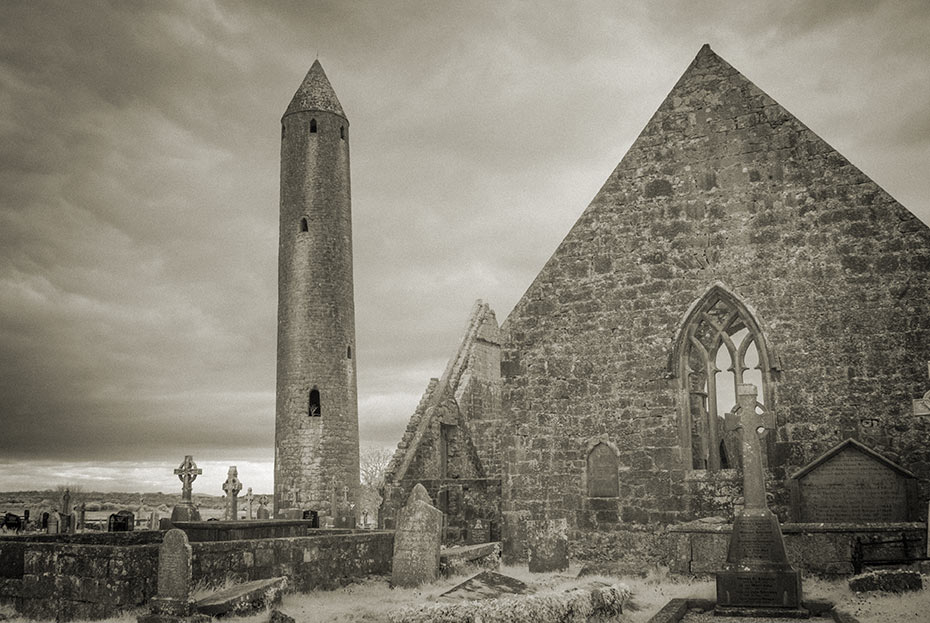
Kilmacduagh Monastery, Gort, Co Clare, Ireland
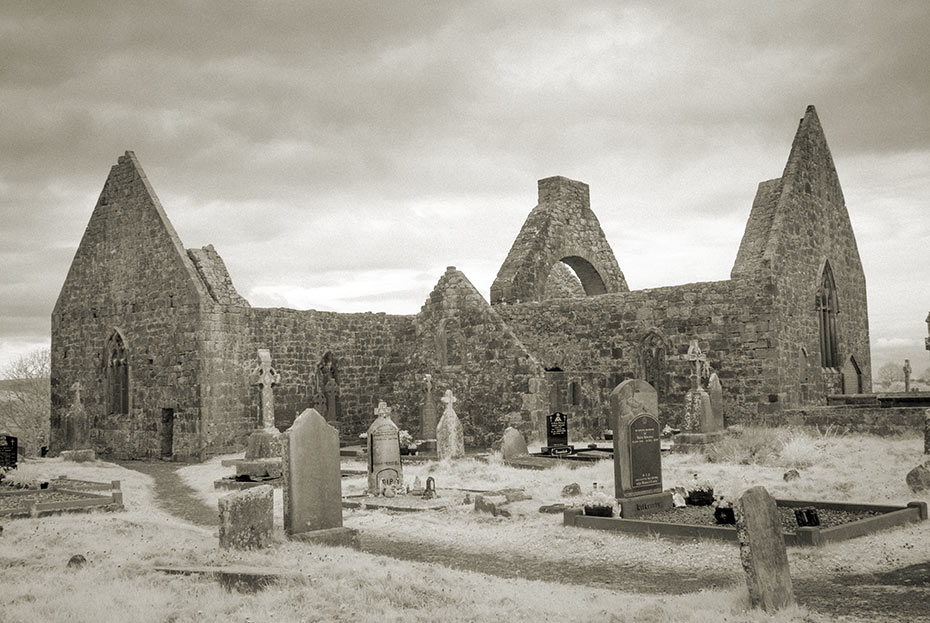
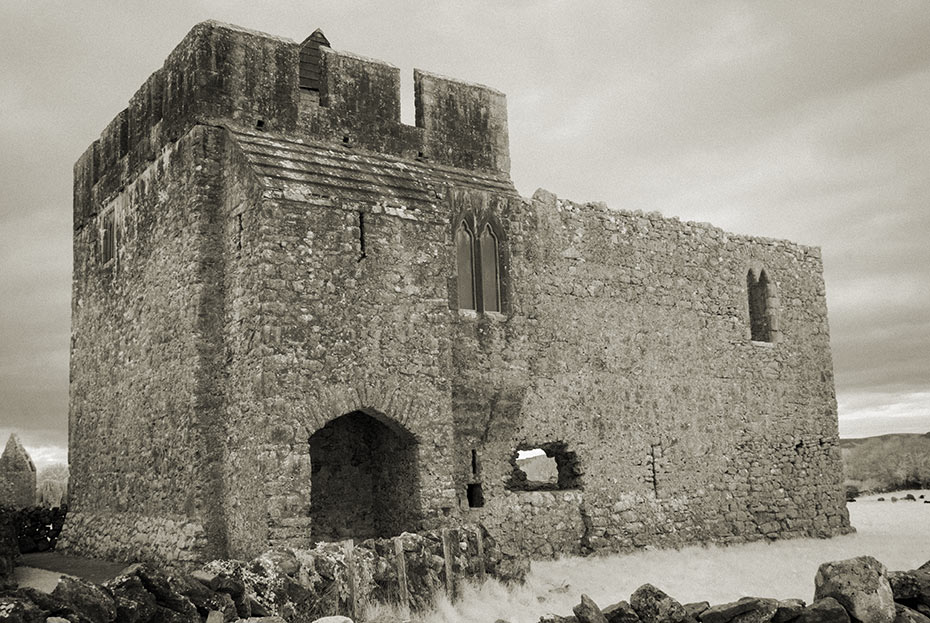
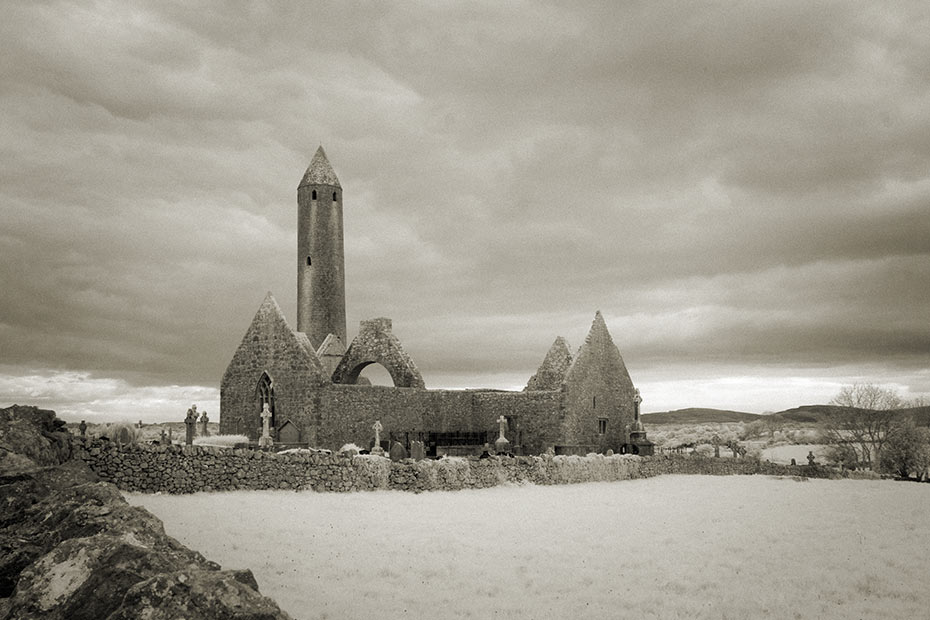

Kilmacduagh Round Tower at 34 meters – the tallest in Ireland
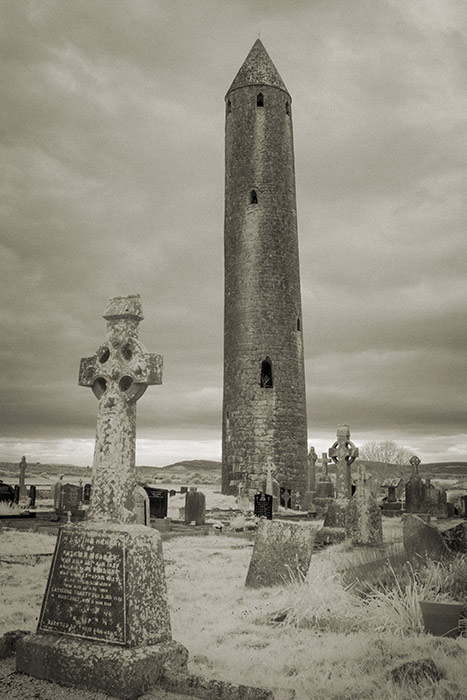
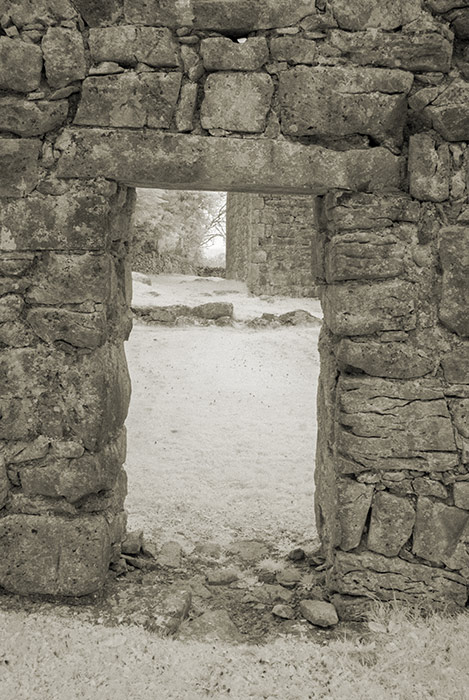

Underexposed – an Irish Photoblog

Kilmacduagh Monastery, Gort, Co Clare, Ireland




Kilmacduagh Round Tower at 34 meters – the tallest in Ireland


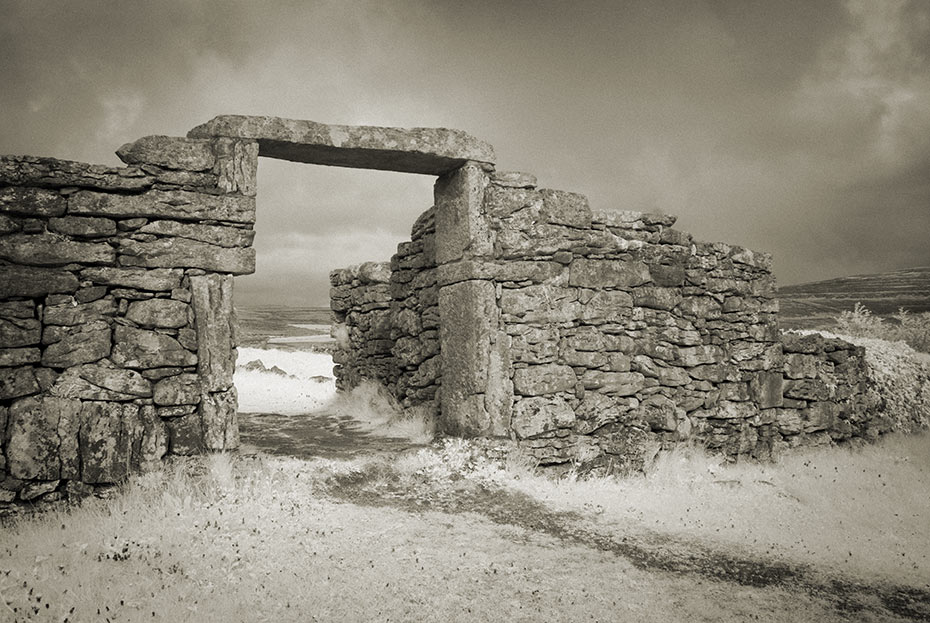
Cahermore Stone Fort aka Ballyallaban ringfort, The Burren, Co Clare, Ireland

Fortified farmstead with walls up to 9 feet thick and high, built in the medieval period.
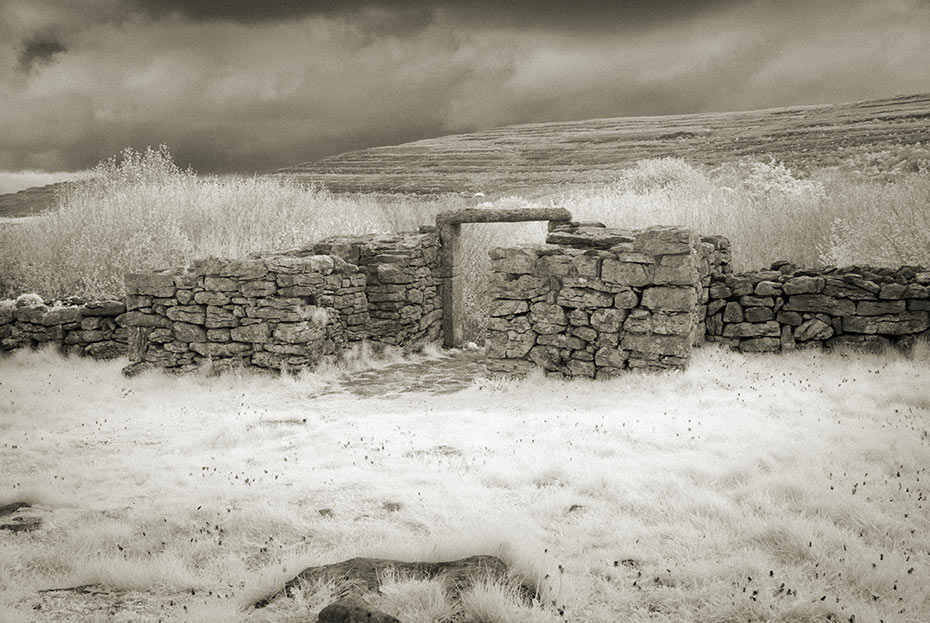
Cahermore Stone Fort is located in the karst rugged limestone landscape of the Burren like Caherconnell Stone Fort.
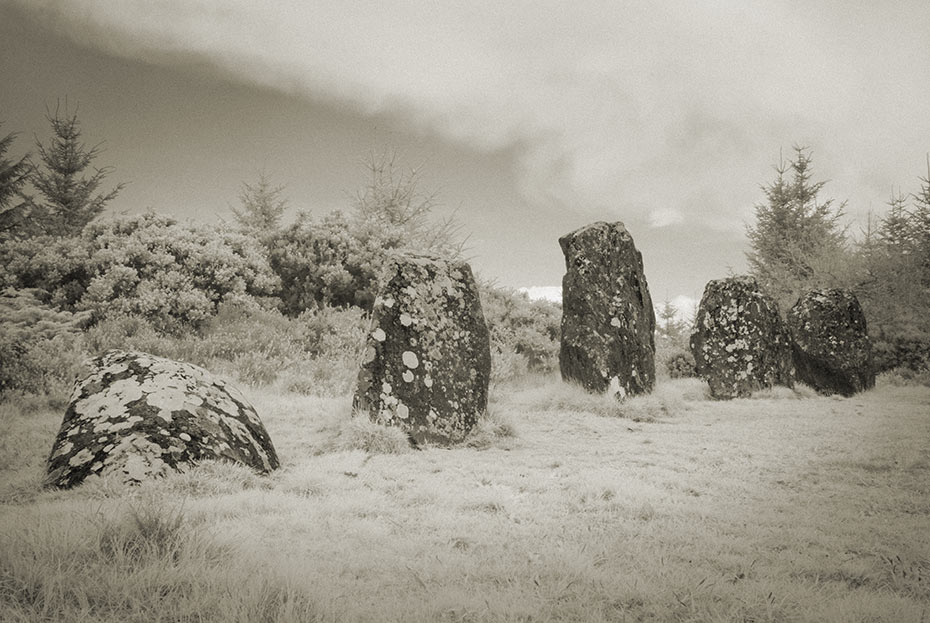

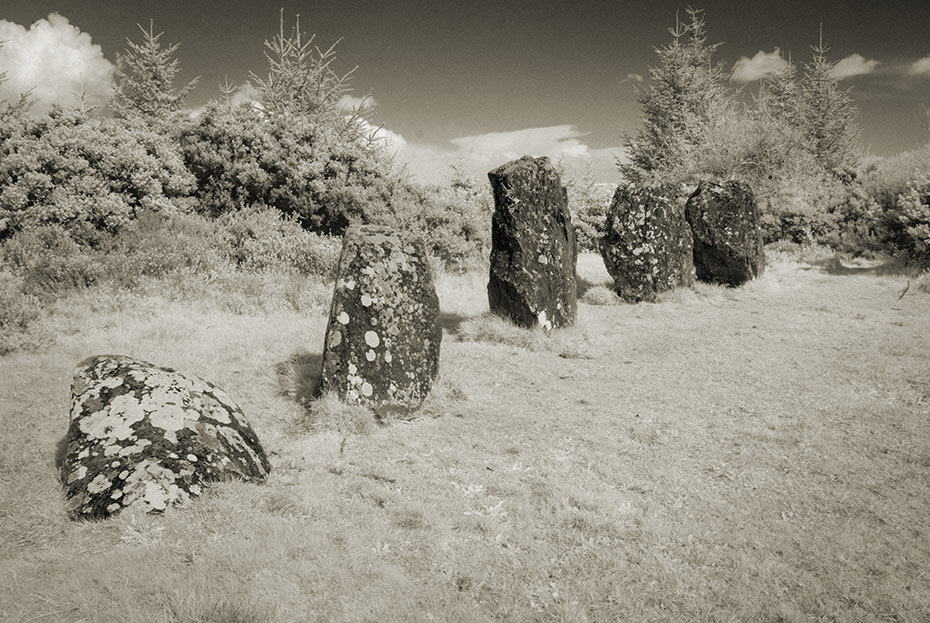

Finn McCool’s Fingers, Shantemon Hill Stone Row / Alignment, Co Cavan, Ireland
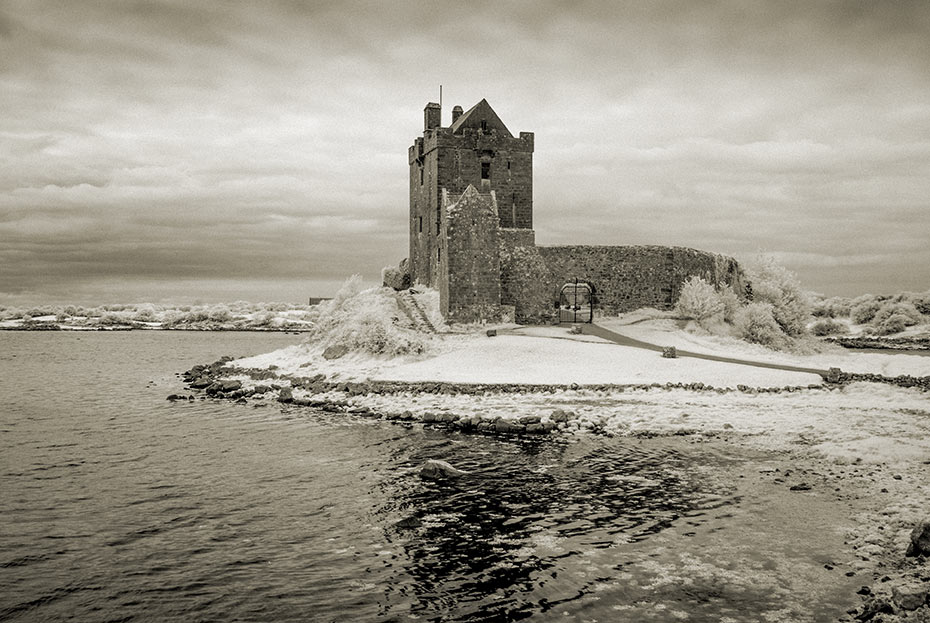
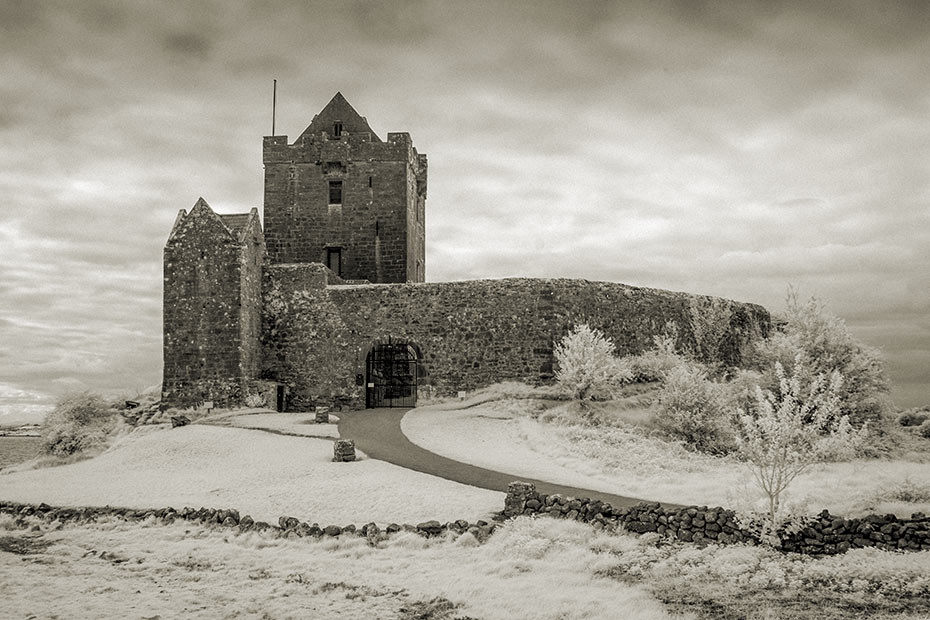

Dunguaire Castle, Kinvarra, Co Galway, Ireland

Three Crosses, old graveyard, Bishop’s Quarter, the Burren, Co Clare, Ireland

Cross and shadow, old Kiltartan graveyard, Gort, Co Galway, Ireland
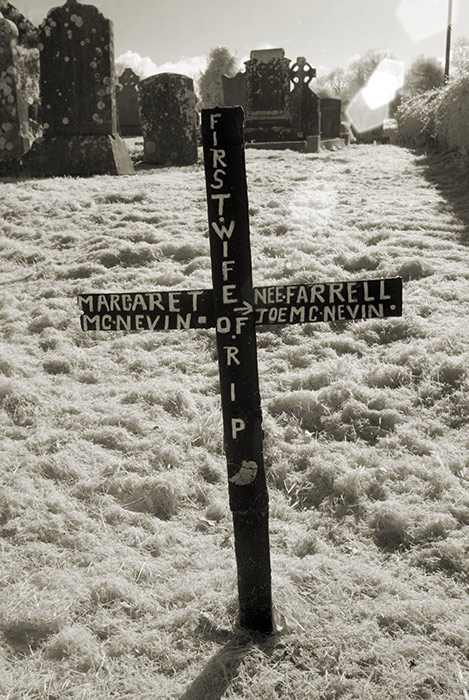
Cross, old Kiltartan graveyard, Gort, Co Galway, Ireland
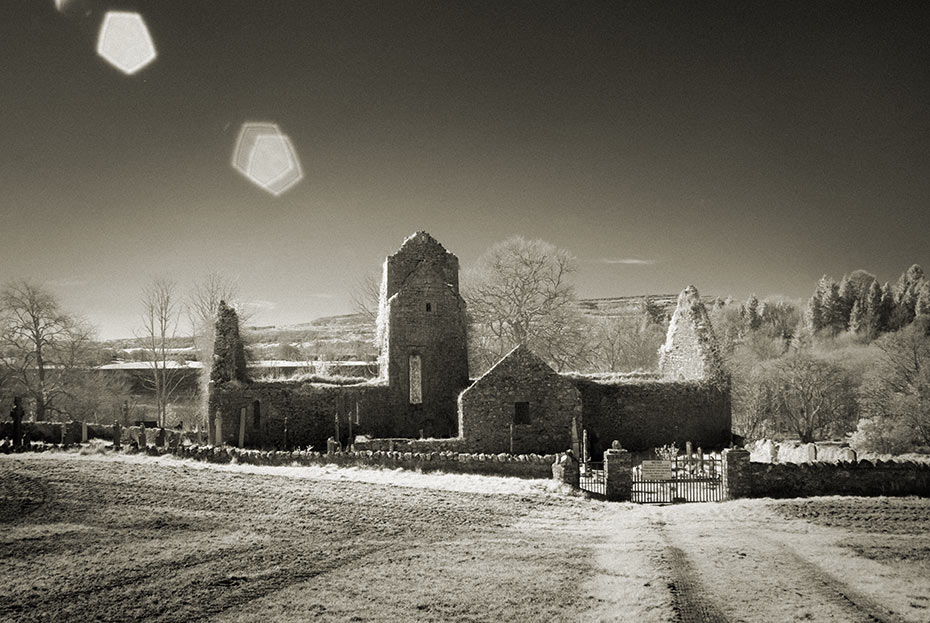
Ballindoon Abbey – the ruin of a Dominican Priory, aka St Mary’s Priory
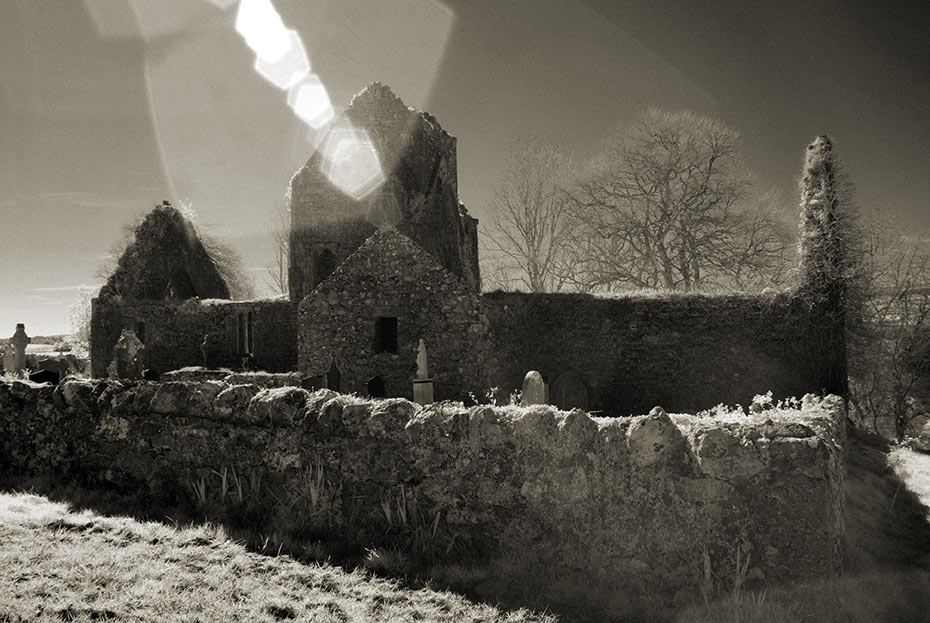
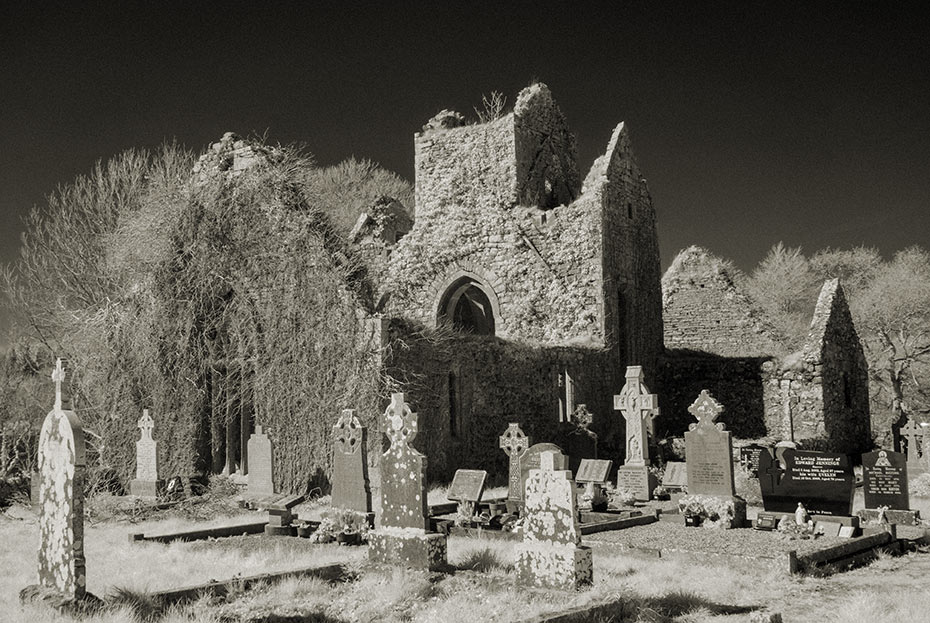
Ballindoon Abbey overlooking Lough Arrow, Co Sligo, Ireland
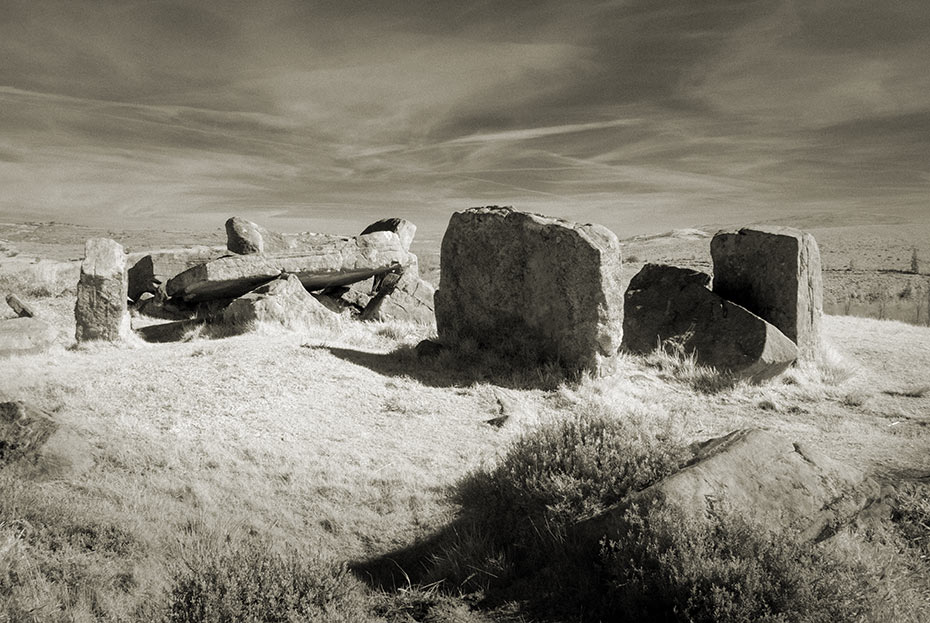
Cavan Burren – Tullygobban Wedge Tomb, Co Cavan, Ireland
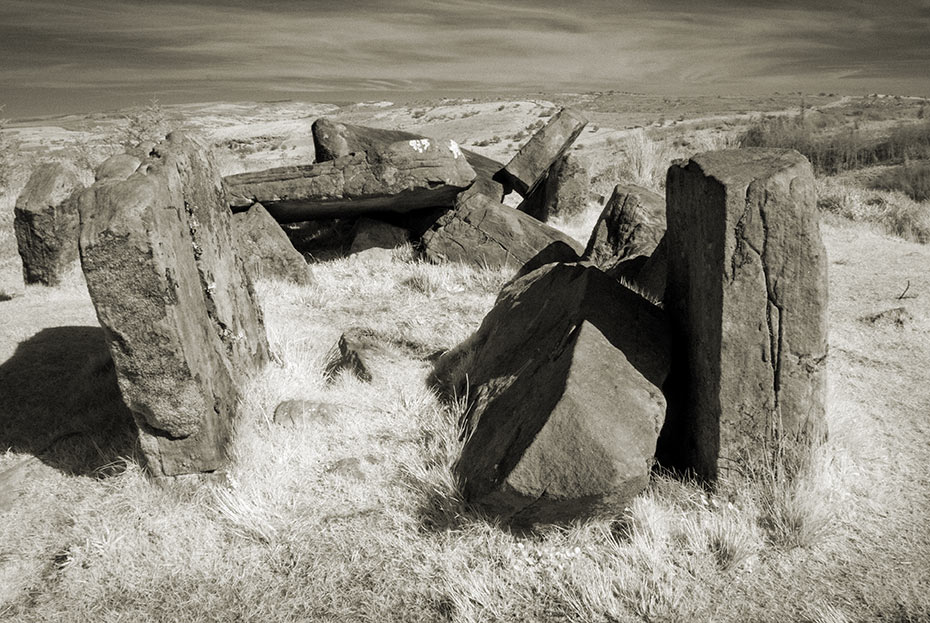
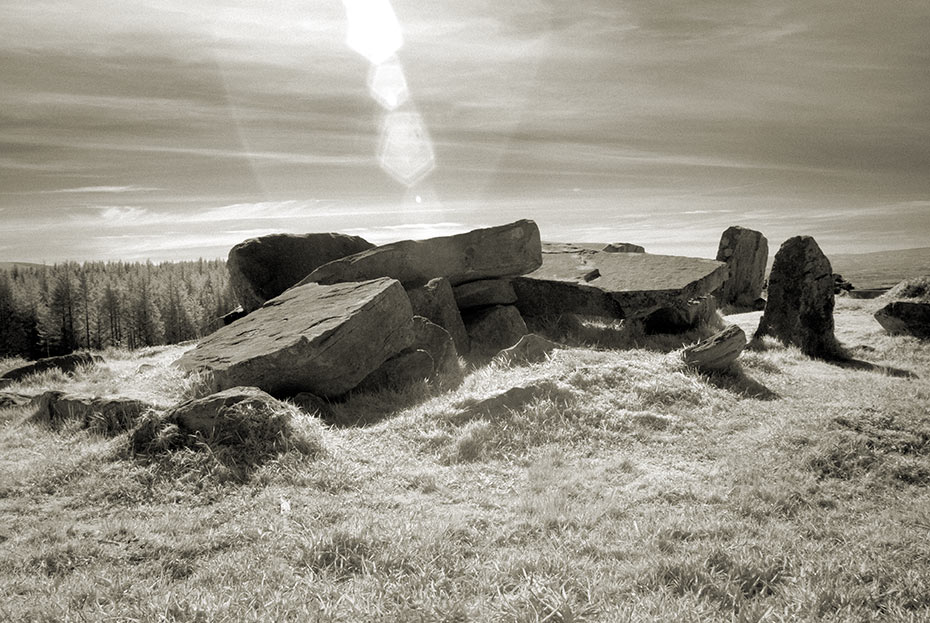
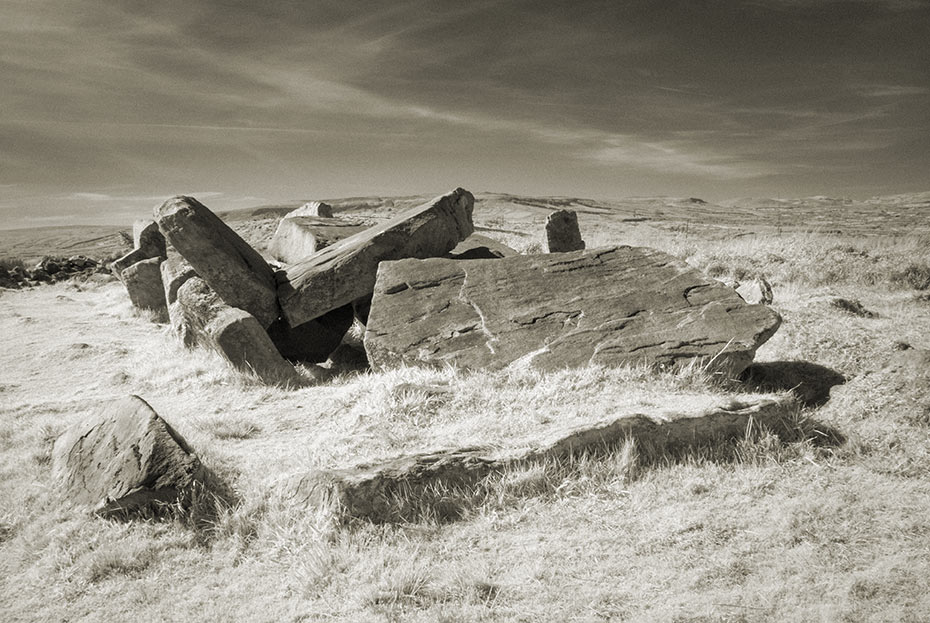

Cavan Burren Portal Tomb aka The Calf House, Co Cavan, Ireland

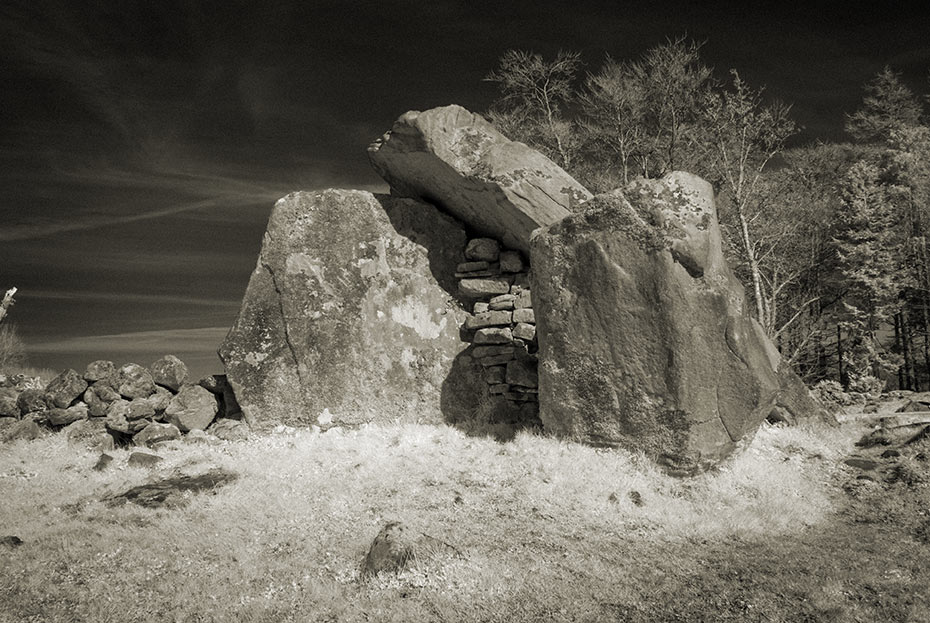
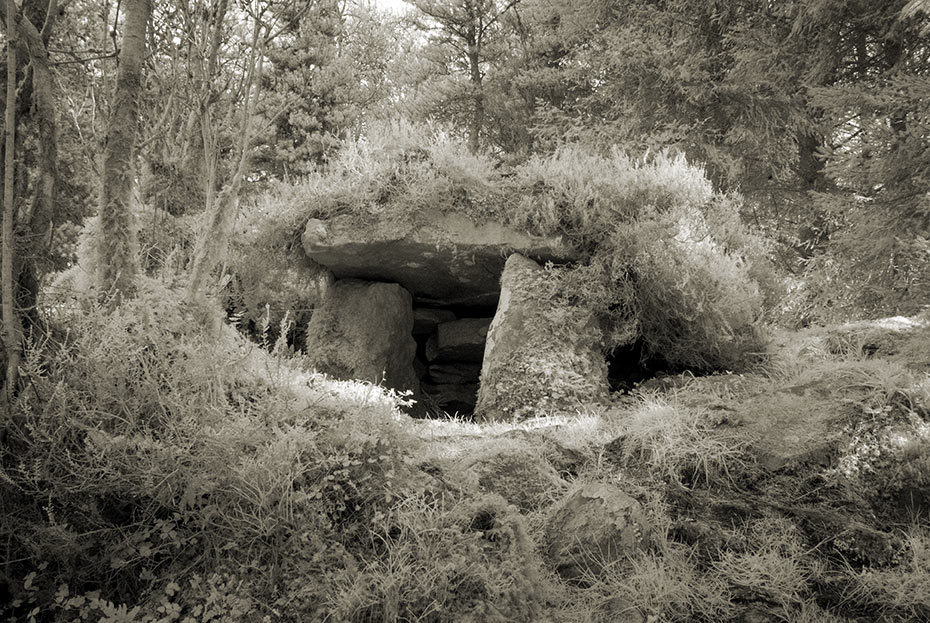
Cavan Burren Portal Tomb, Co Cavan, Ireland
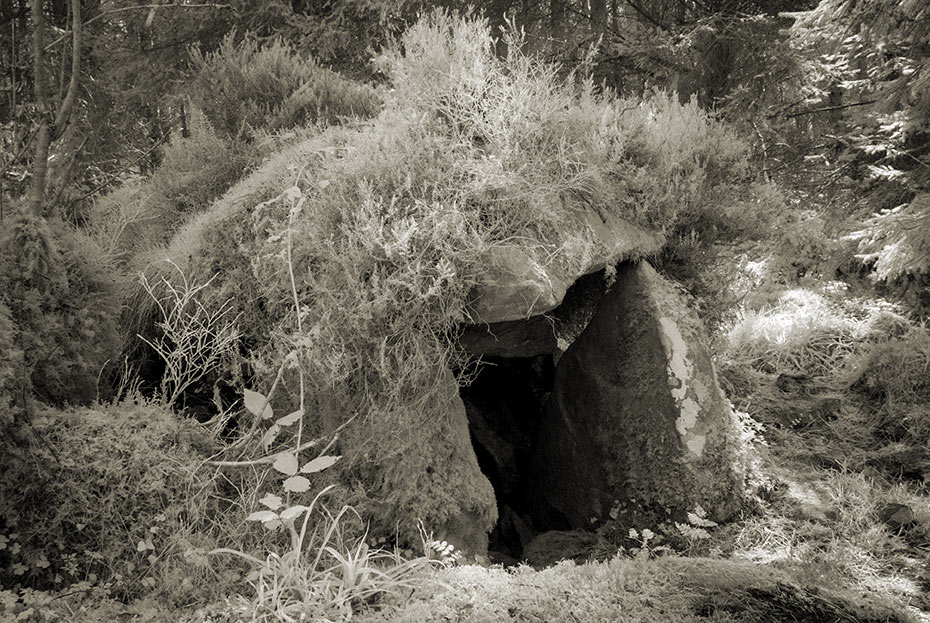
Glenade Lake is where one of Ireland’s lake monsters the Dobhar-chú (Water hound) is said to have killed Grace Connolly in 1722. Her husband found her bloody body with the Dobhar-chú and killed the beast. The legend has the creature emitting a high picked shriek that summoned its mate as it died and the mate attacked the husband who fled on horseback. The Dobhar-chú gave chase and eventually the man was forced to confront the creature. There was a fierce fight ending with the slaying of the beast.
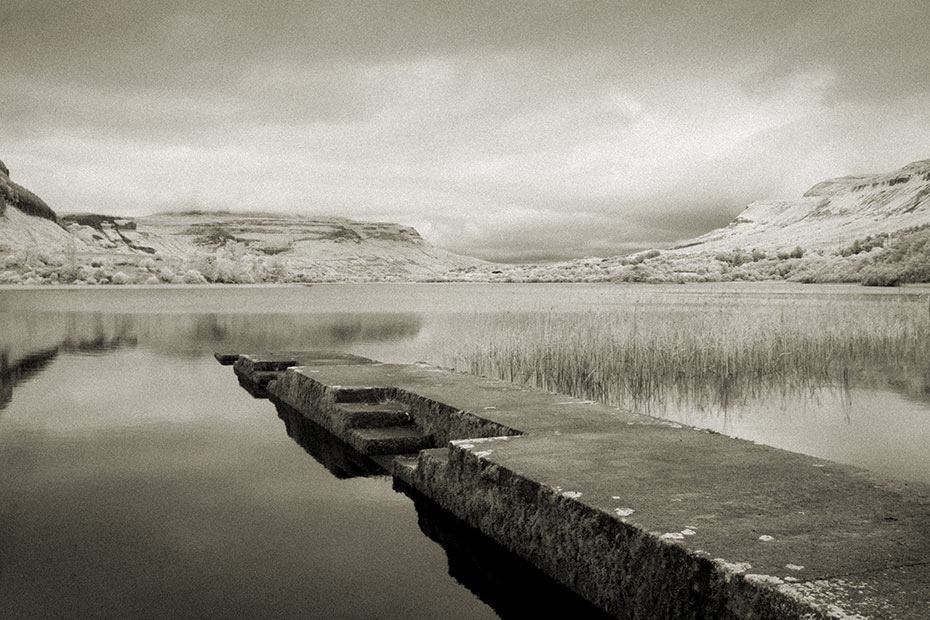
Glenade Lake where the Dobhar-chú (Dobharchú) is said to live in the deep waters
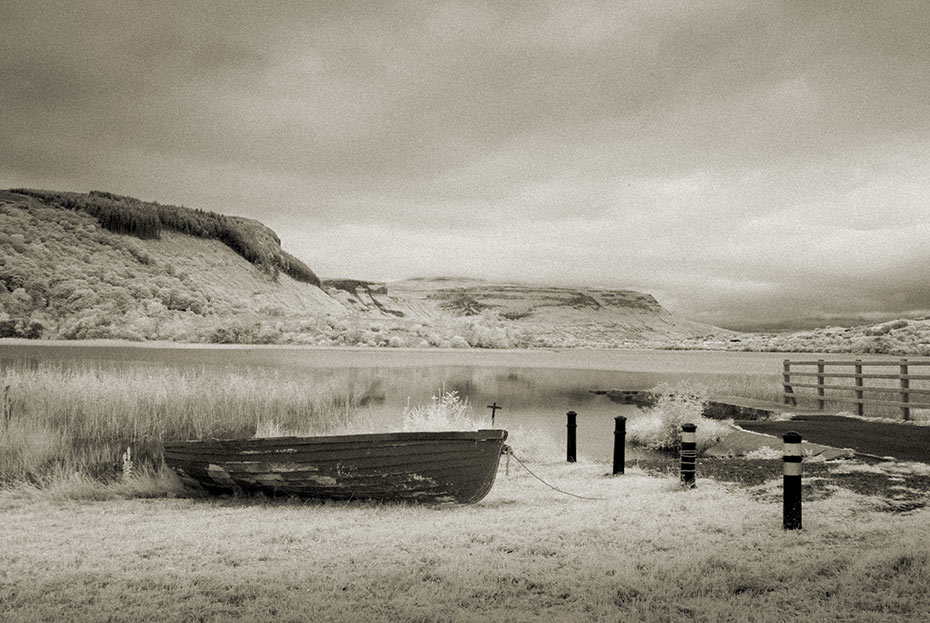
The graves of Grace and her husband can be found close to Glenade Lake in Conwal graveyard, Co Leitrim.

On Grace Connolly’s worn grave slab is a carving of a hound like creature with its head twisted back and a hand thrusting a dagger into the neck of the Dobhar-chú.

Grace Connolly’s grave slab
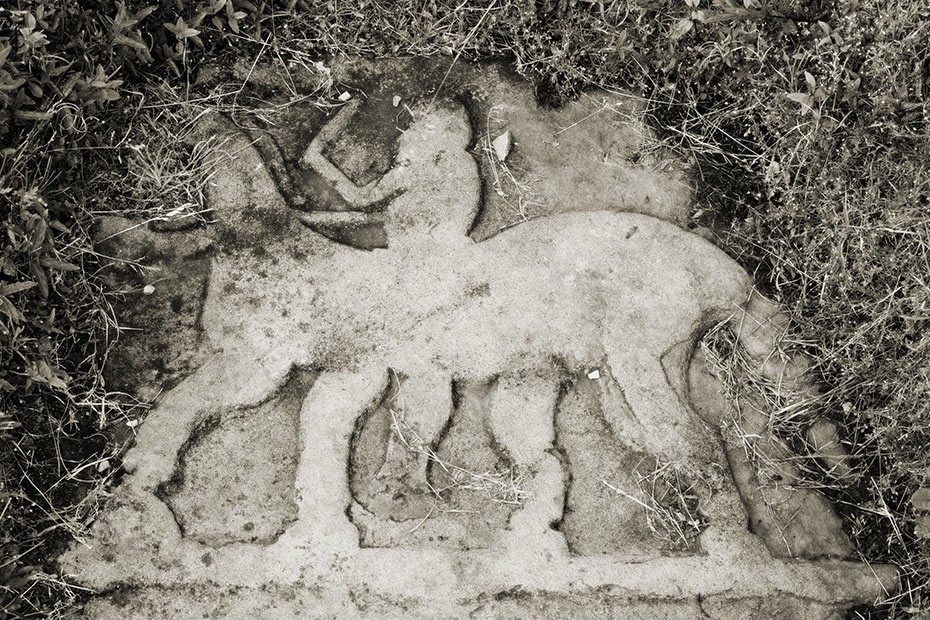
Her husband’s grave slab has a carving of him with dagger in hand on a horse.

The grave of Grace Connolly’s husband
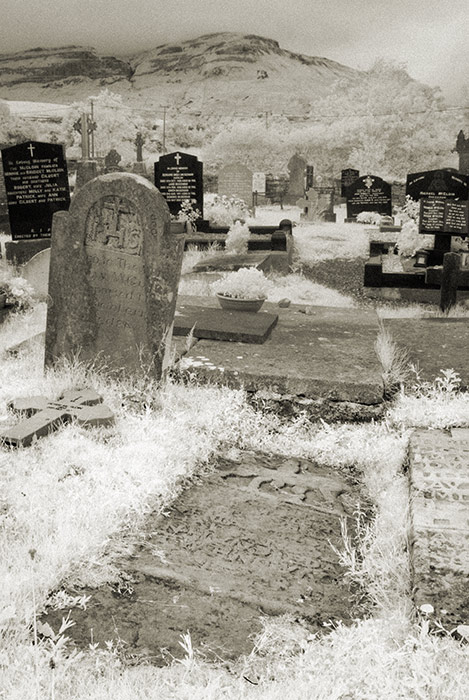
Conwal graveyard
Carrowkeel megalithic complex on the summits of the Bricklieve Mountains comprised of fourteen passage tombs from 3400 to 3100 BC
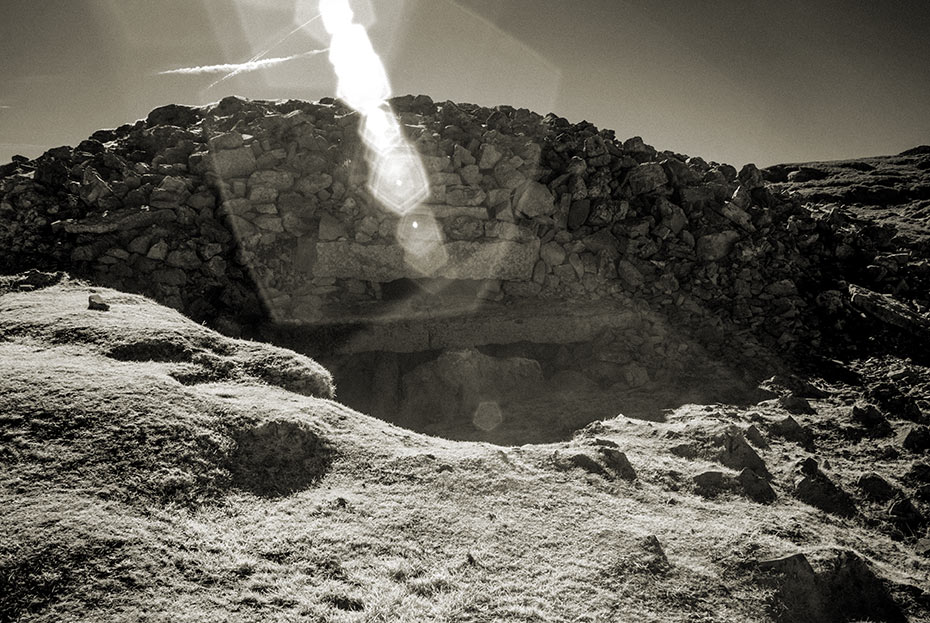
Carrowkeel Cairn G aligns with sunset on the summer solstice

Lightbox above the entrance of Carrowkeel Cairn G which aligns with sunset on the summer solstice.
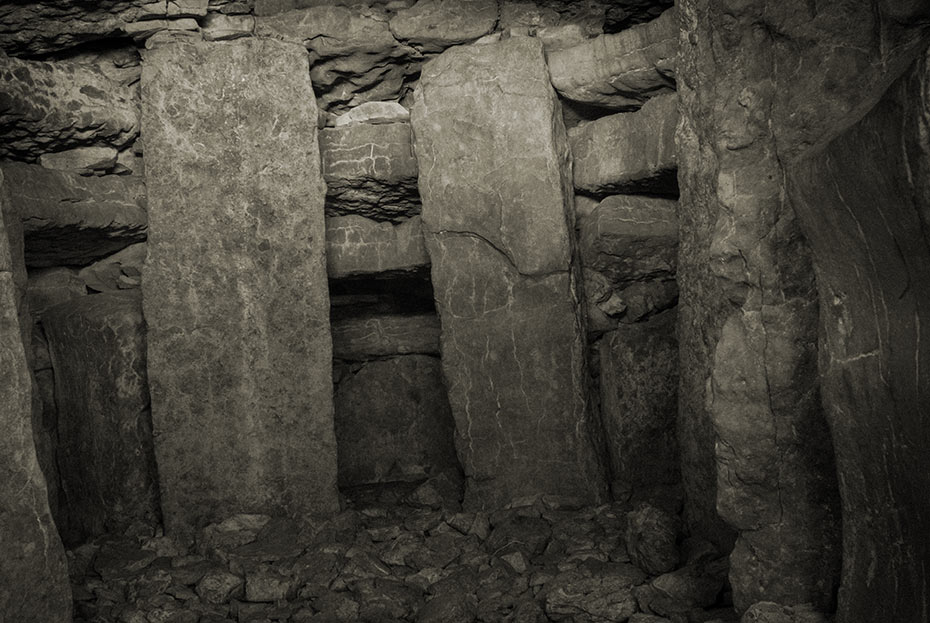
Carrowkeel Cairn G inside the chamber
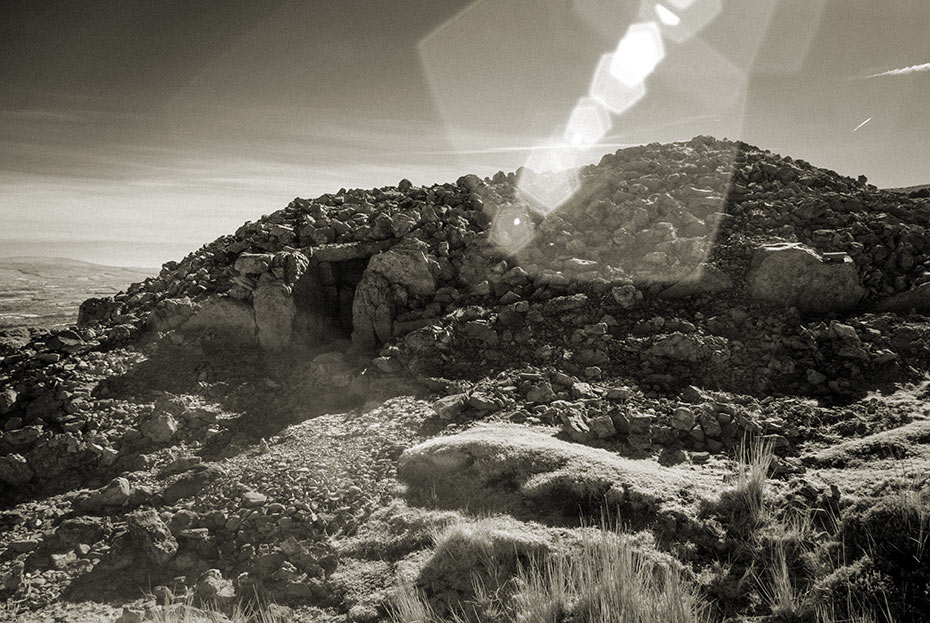
Carrowkeel Cairn H also aligns with sunset on the summer solstice
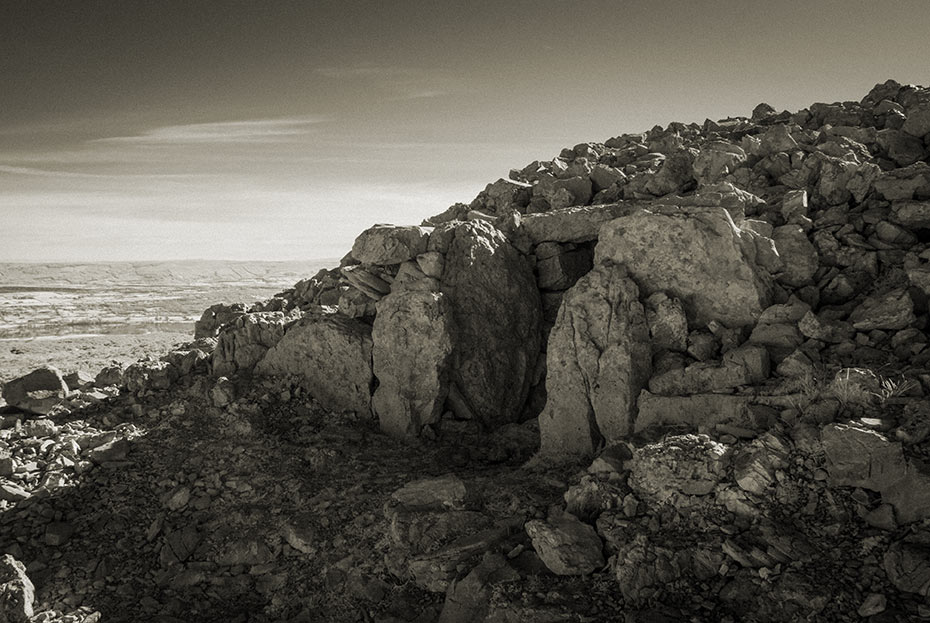
Carrowkeel Cairn H
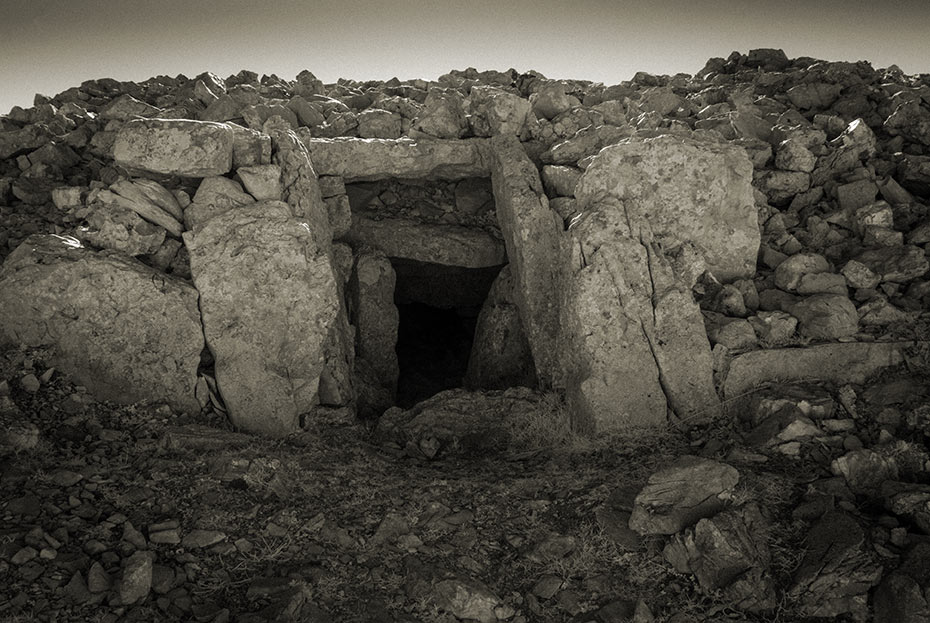
Carrowkeel Cairn H the entrance

Carrowkeel Cairn K
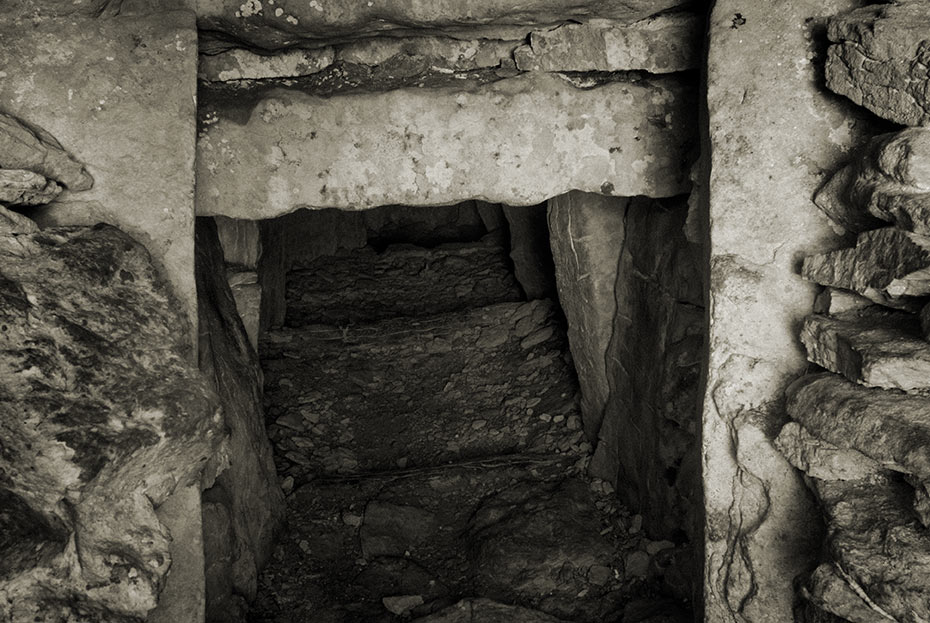
Carrowkeel Cairn K the entrance
St Patrick’s Well (Tobar Phadraig) and Shaver’s Well (Tobar An Bherrtha)
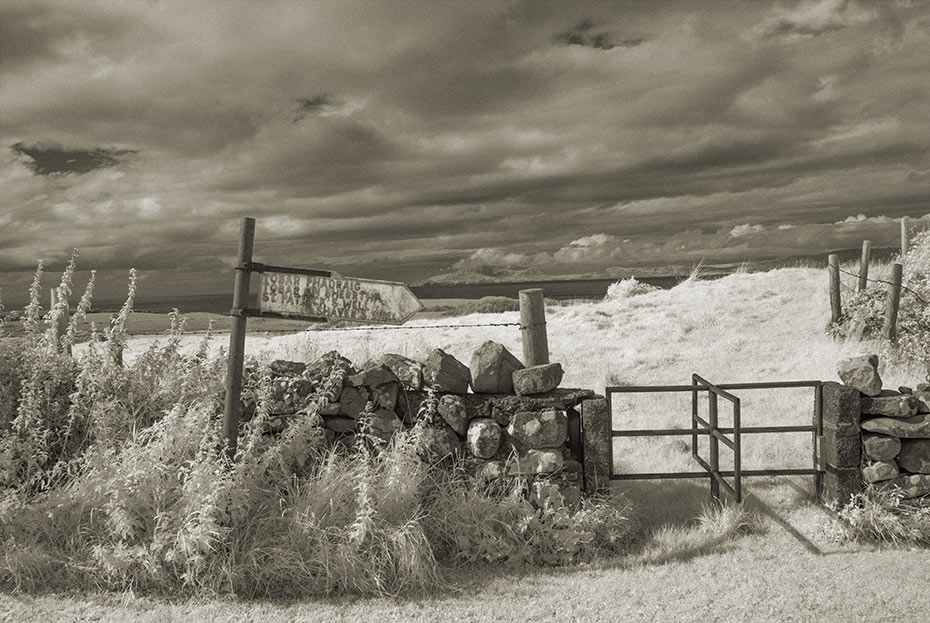
The sign for St Patrick’s Well and Shaver’s Well, Bunduff, Co Leitrim, Ireland

St Patrick’s Holy Well

Shaver’s Holy Well is a short distance away by the sea
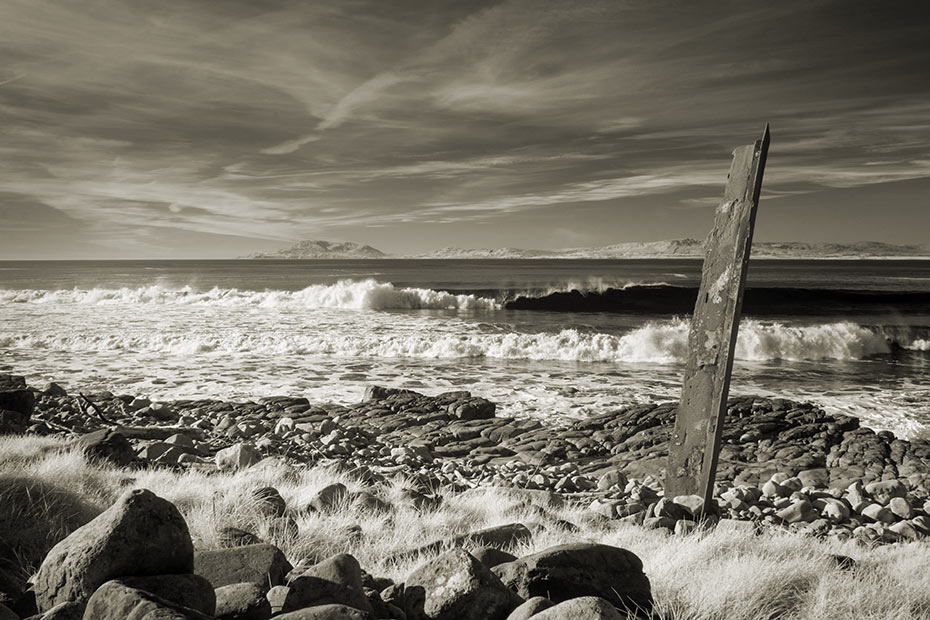

Magheraghanrush Court Tomb aka Deerpark Court Tomb, Co Sligo, Ireland

The single gallery looking at the west end of the site

One of the double Galleries at the east end

Tobernalt Holy Well, Co Sligo, Ireland
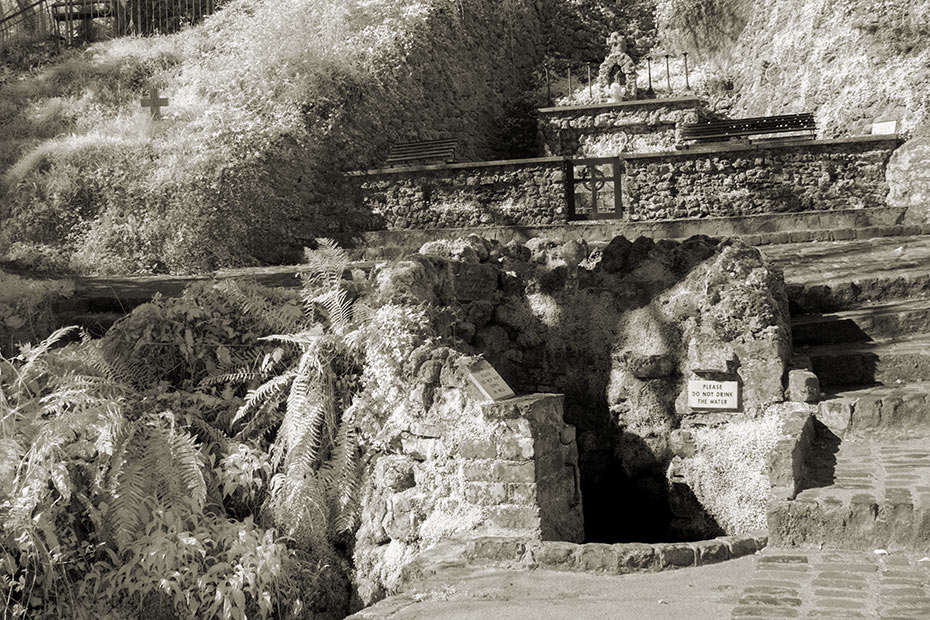
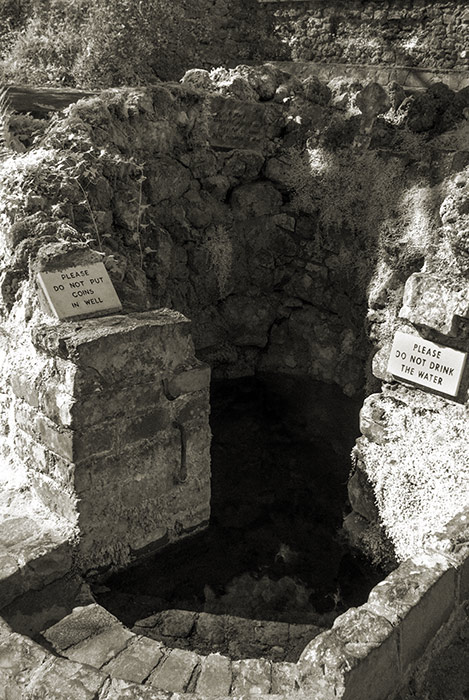
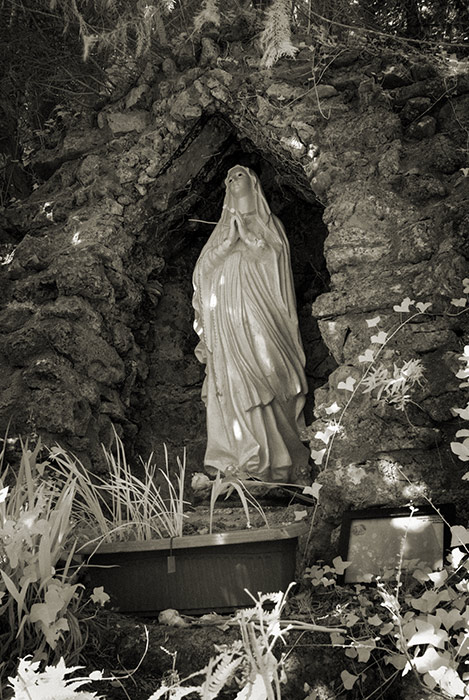

Ballindoon Megalithic Tomb, Co Sligo, Ireland
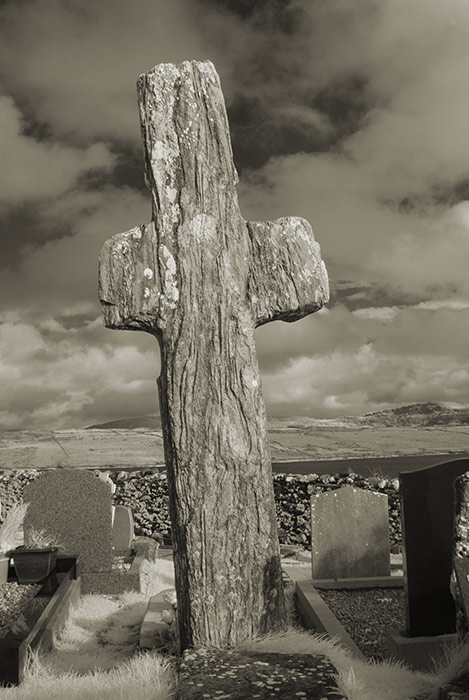
Mevagh Cross, Co Donegal, Ireland

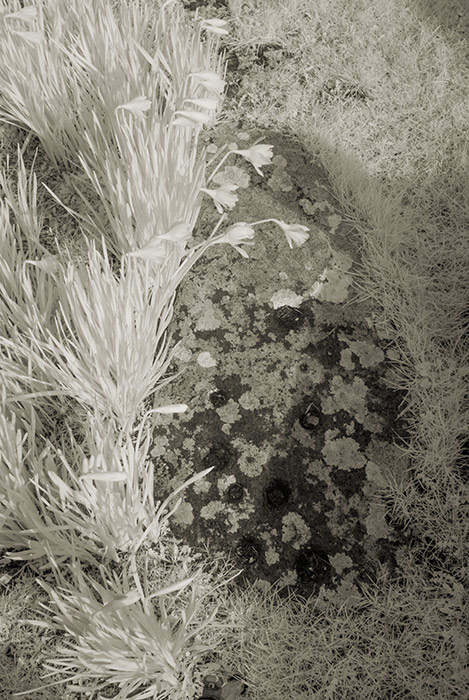
Cup-marked stone that lies beside the church ruin
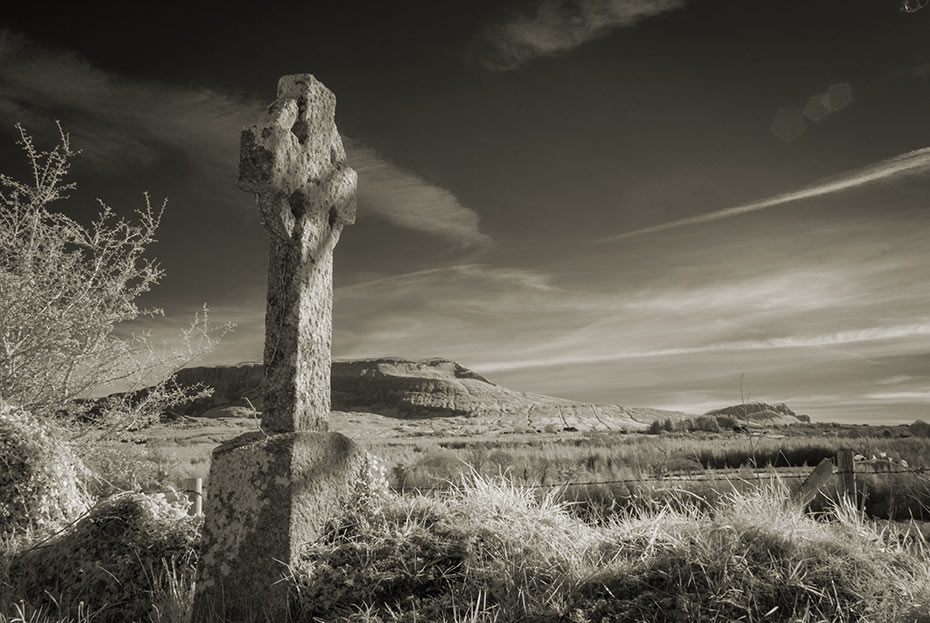
Kinlough Old Graveyard, Co Leitrim, Ireland
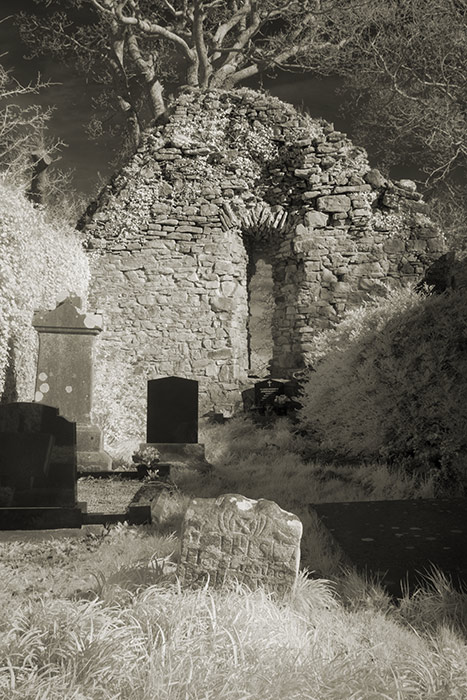
Kinlough Old Church ruin

Corracloona Court Tomb aka Prince Connell’s Grave, Co Leitrim, Ireland
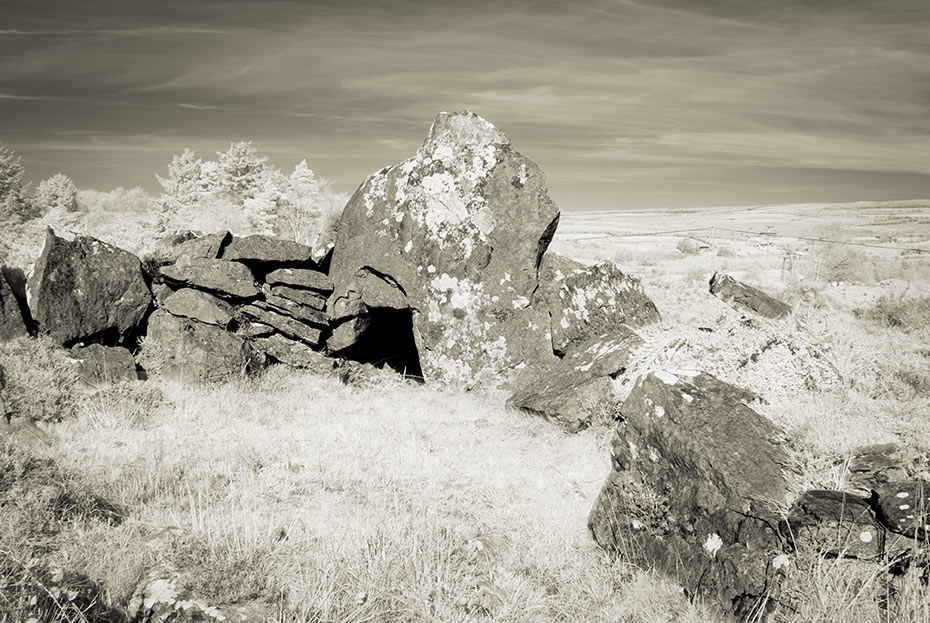
The court of Prince Connell’s Grave
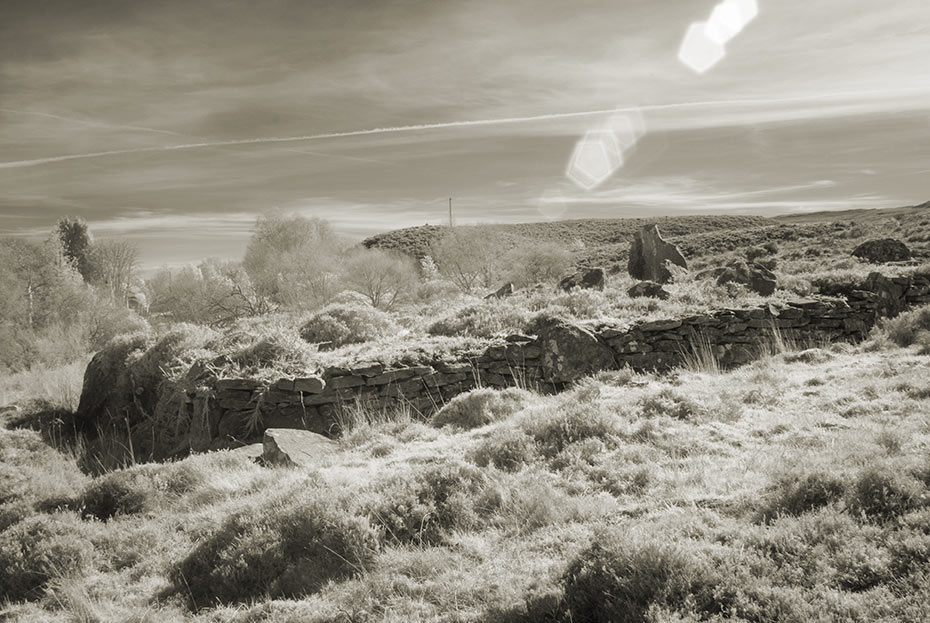
The tomb as viewed from the North
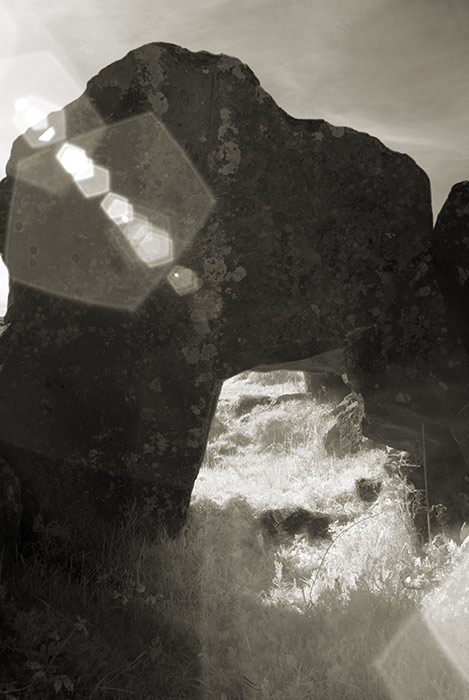
“Kennel-hole” entrance stone
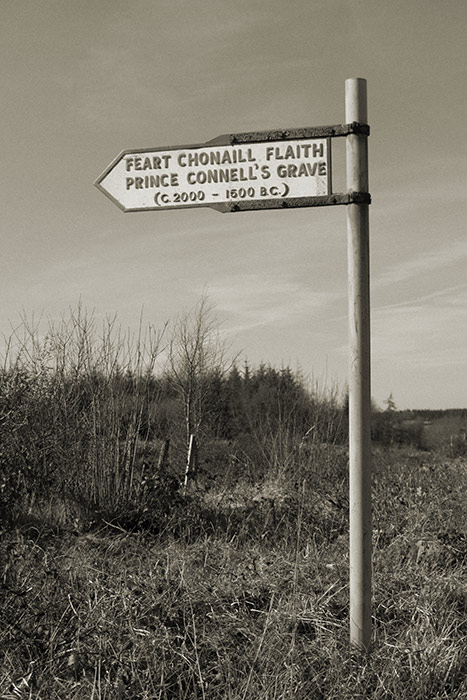
The sign for Prince Connell’s Grave
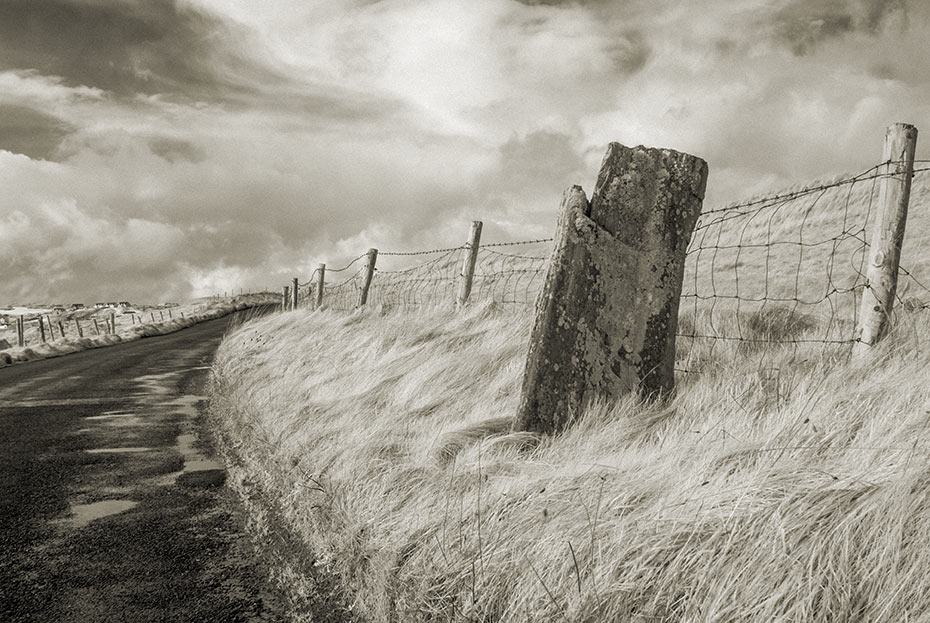
Rosapenna Standing Stone, Co Donegal, Ireland
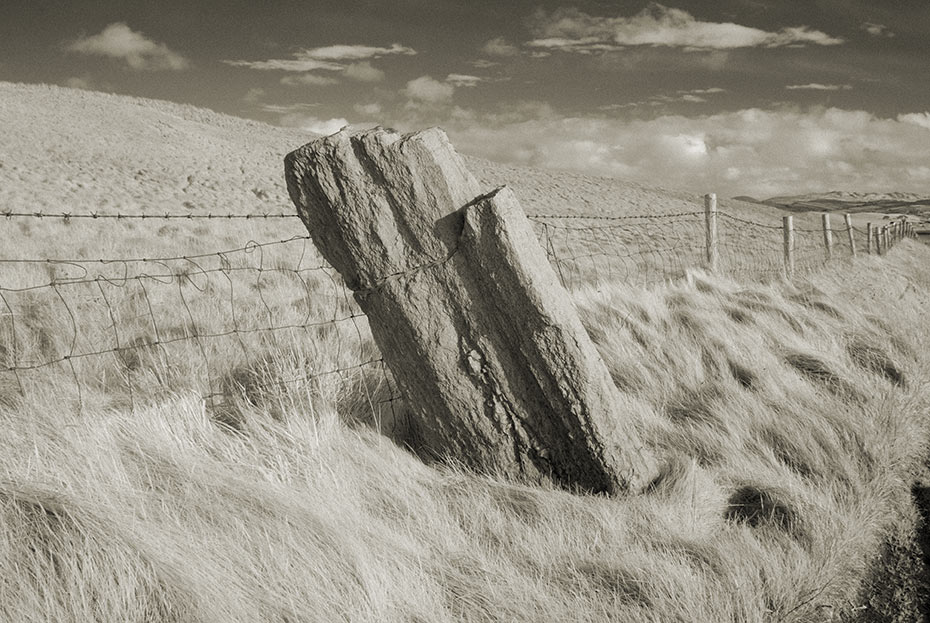
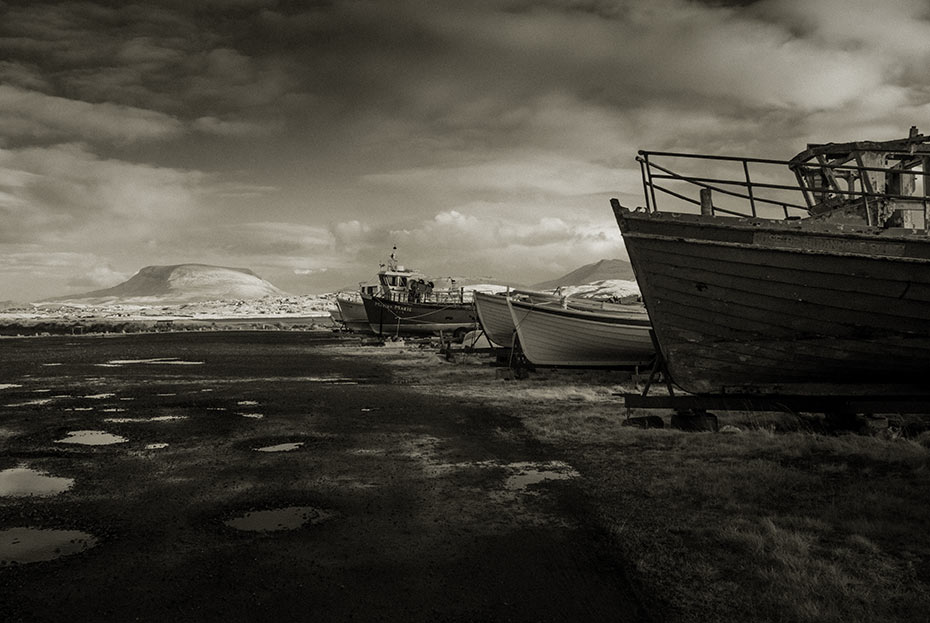
Fishing Boats, Gortahork, Co Donegal, Ireland
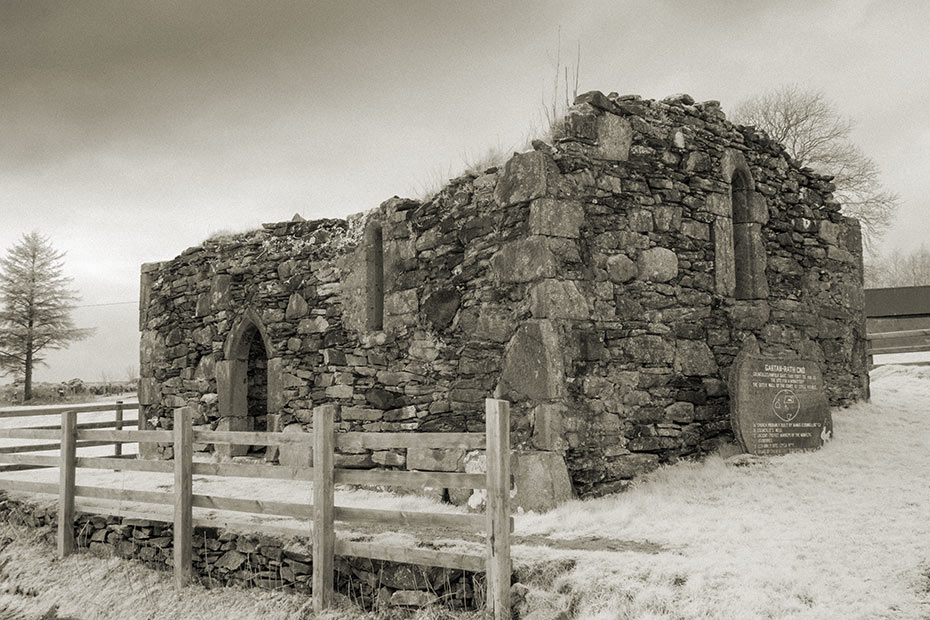
St Colmcille’s Abbey, Gartan, Co Donegal, Ireland
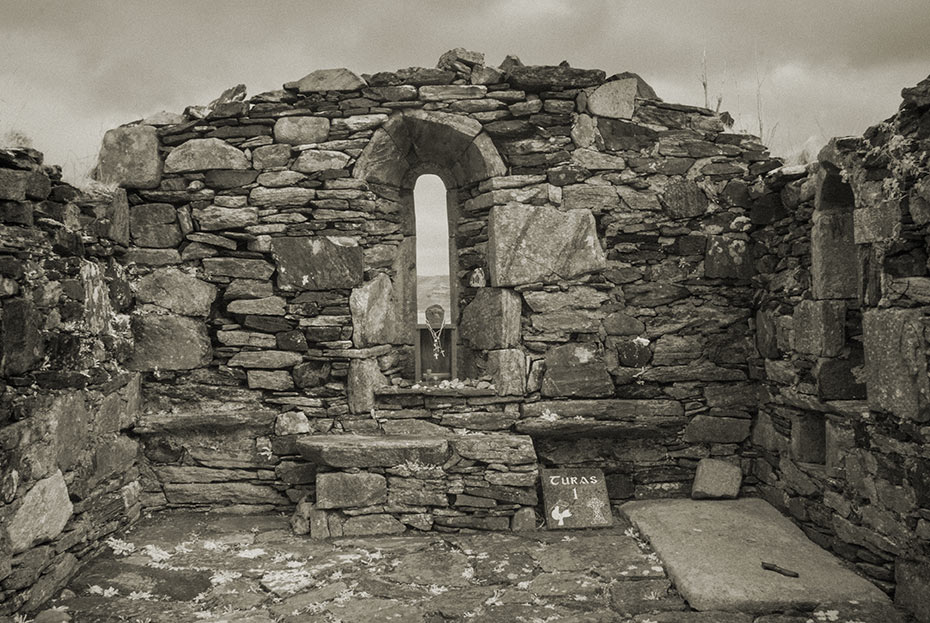
The site is reputed to be the birthplace of St Colmcille


The remains of an ancient cross on a small mound
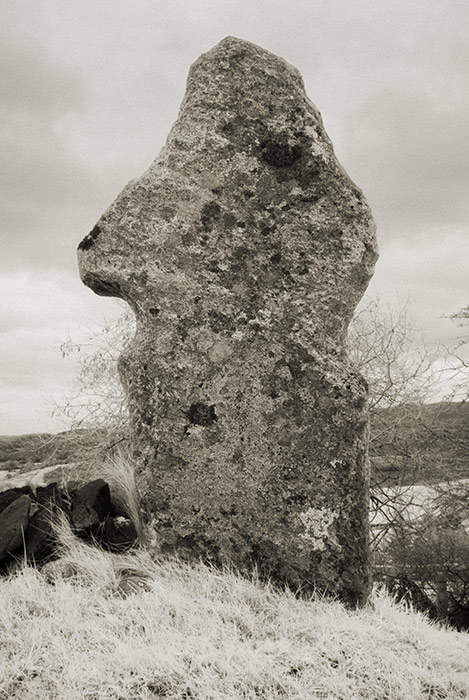
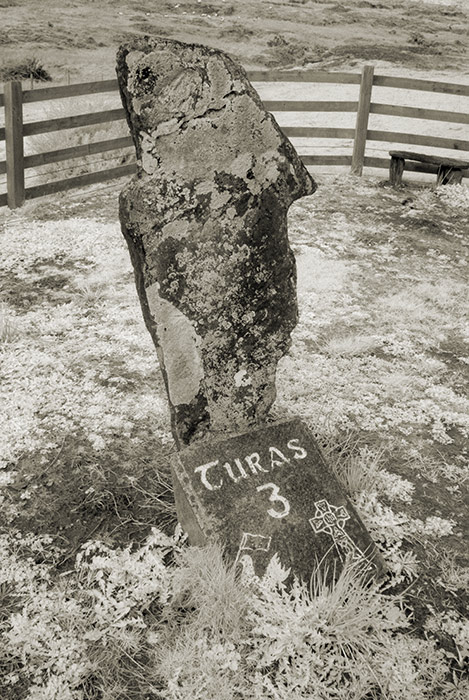
The remains of the other cross
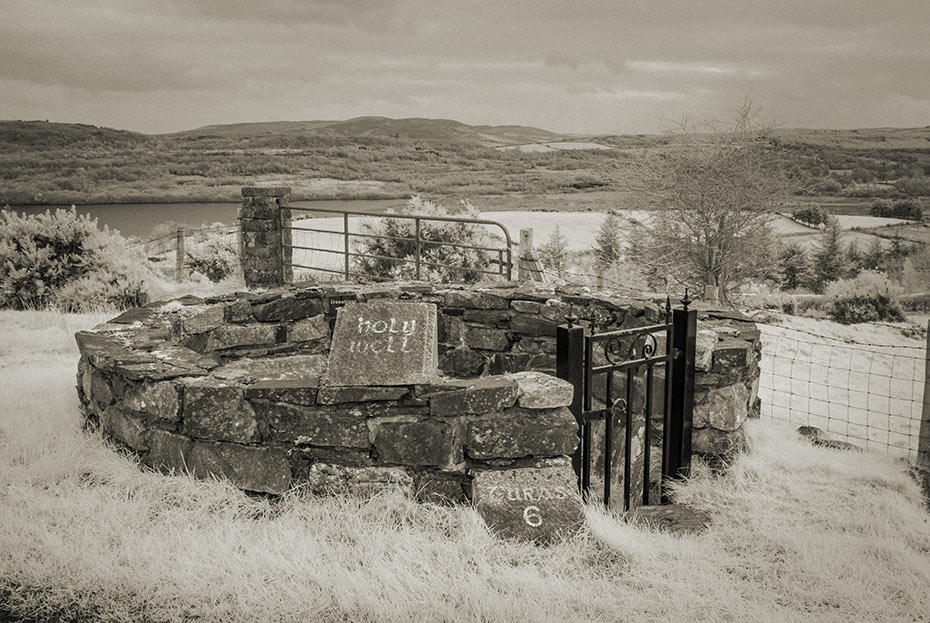
The Holy Well at the entrance to the site
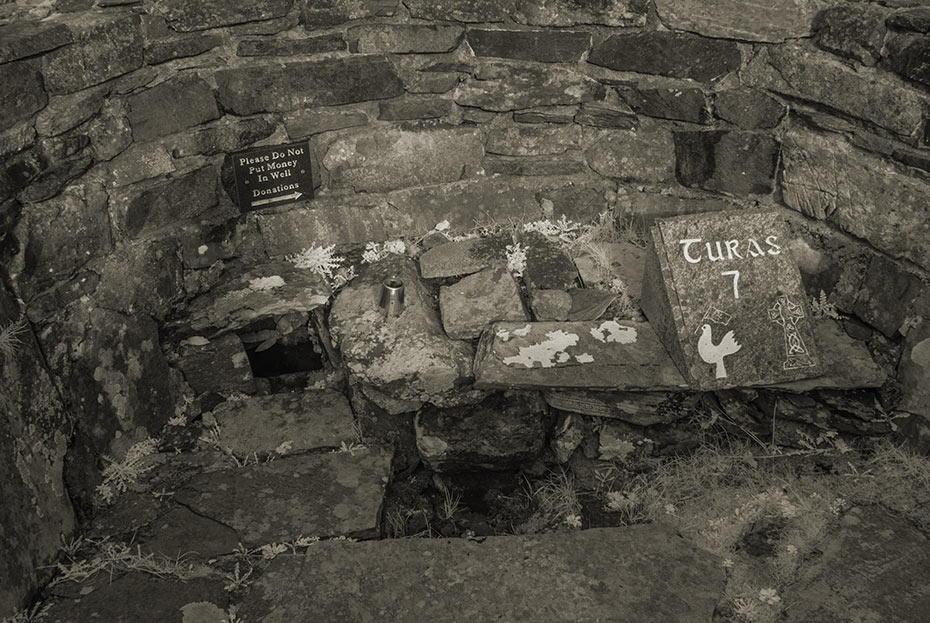
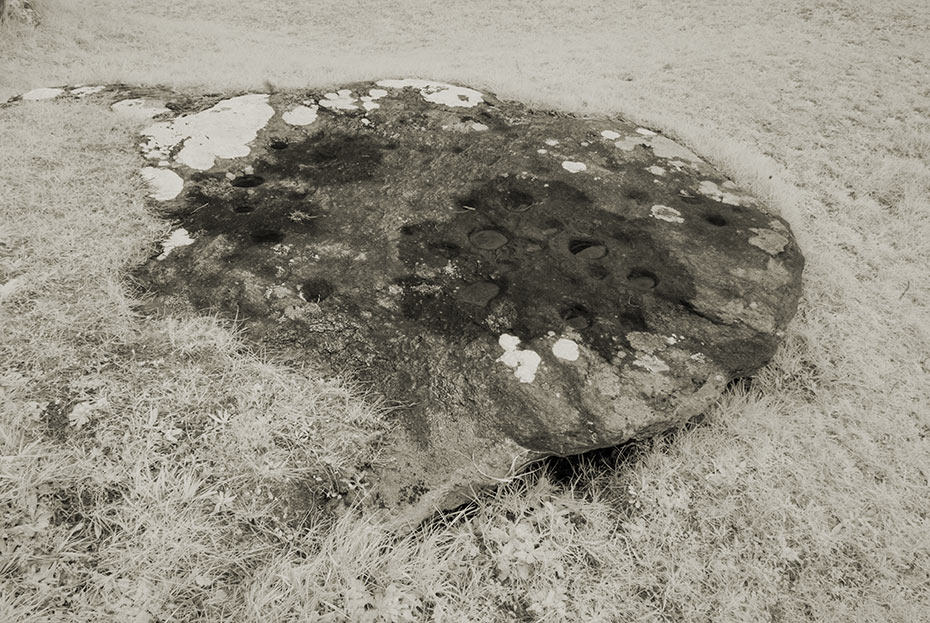
Leac na Cumha – The flagstone of loneliness, Co Donegal, Ireland. St Colmcille is said to have slept on this ancient cup-marked stone before his exile to Iona.
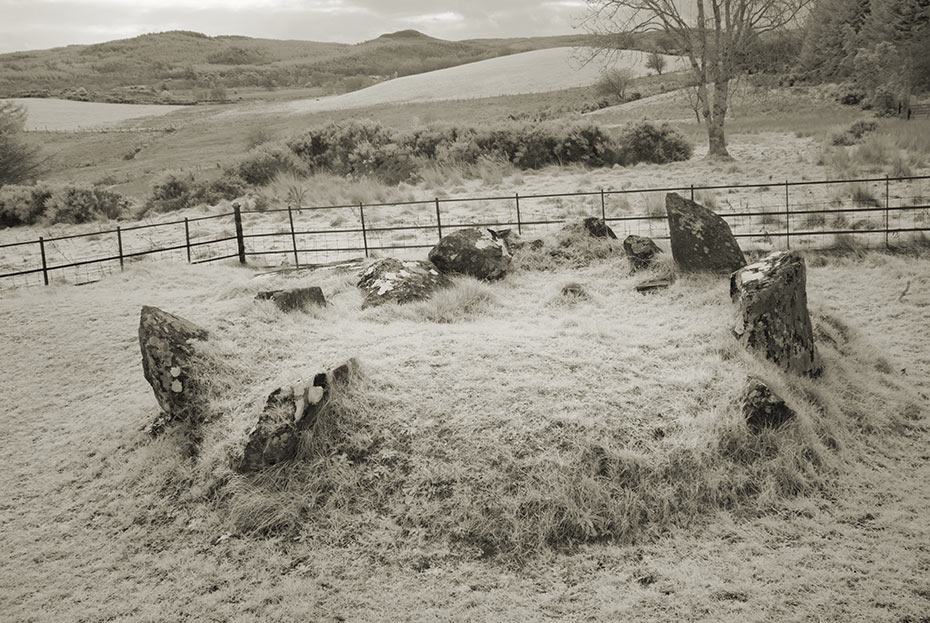
Ancient megalithic site…
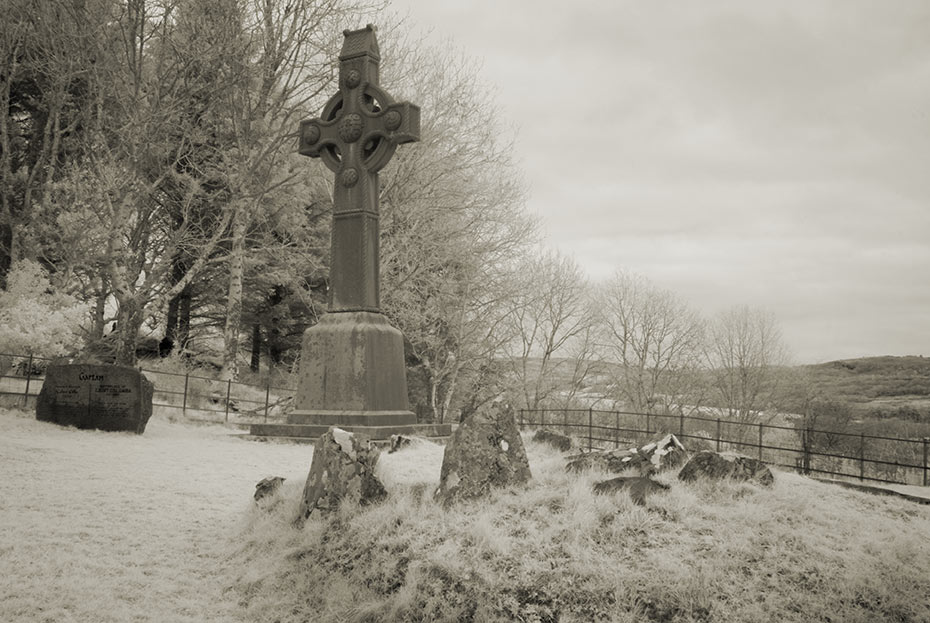
rebranded as St. Colmcille’s Birthplace by a large cross and stone plaque

Old Conwal Graveyard, Co Donegal, Ireland
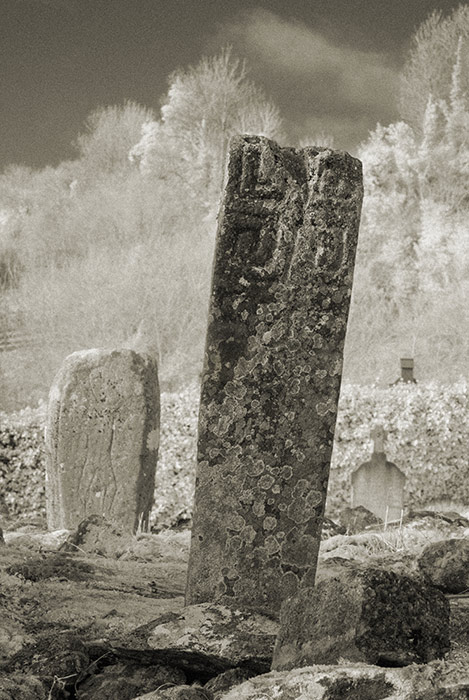
Decorated pillar
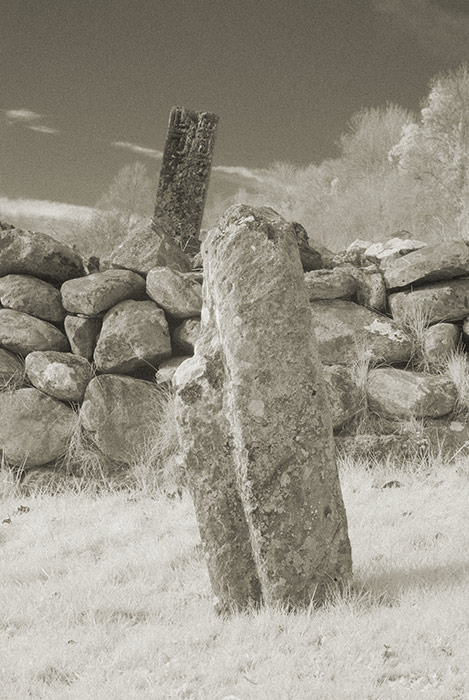
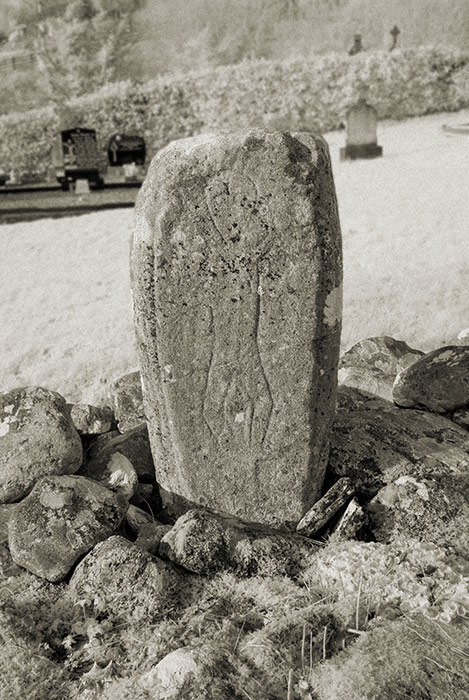
Crude figure on stone
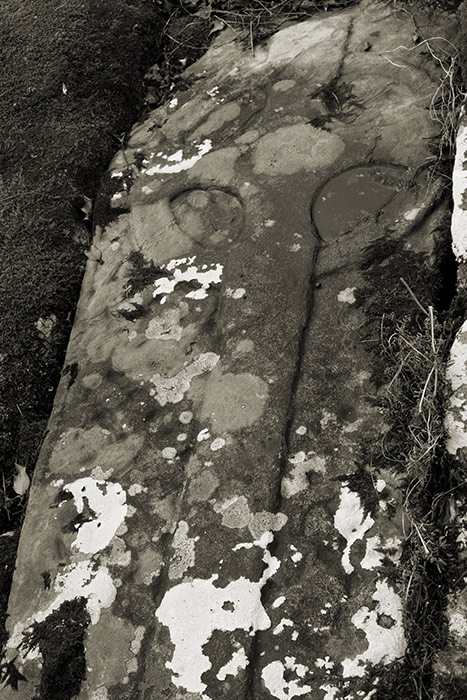
Celtic cross and knot work on grave slab

Cross on large grave slab

Barnes Lower Stone Row (Alignment), Co Donegal, Ireland
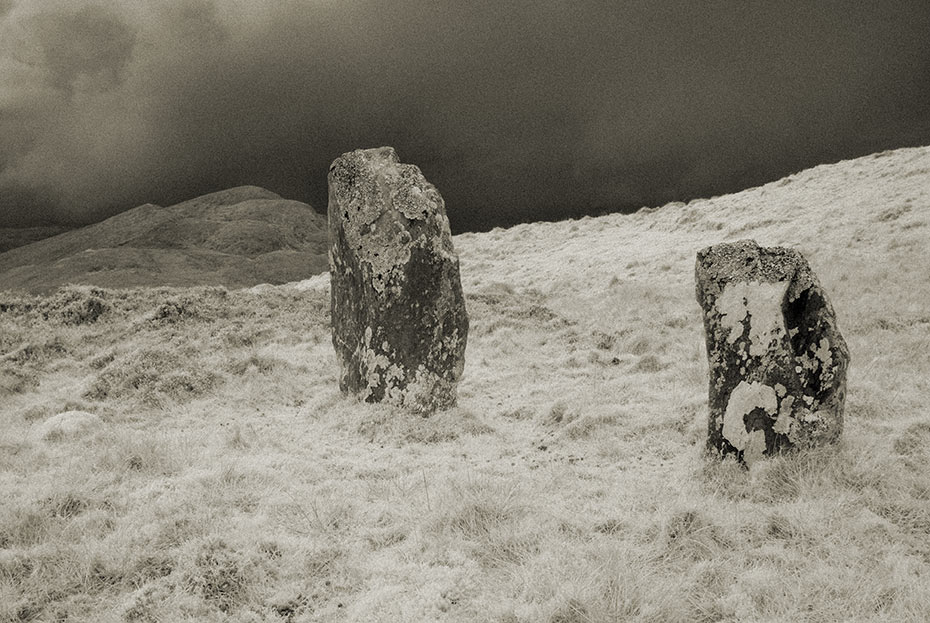
The two larger stones as storm approaches
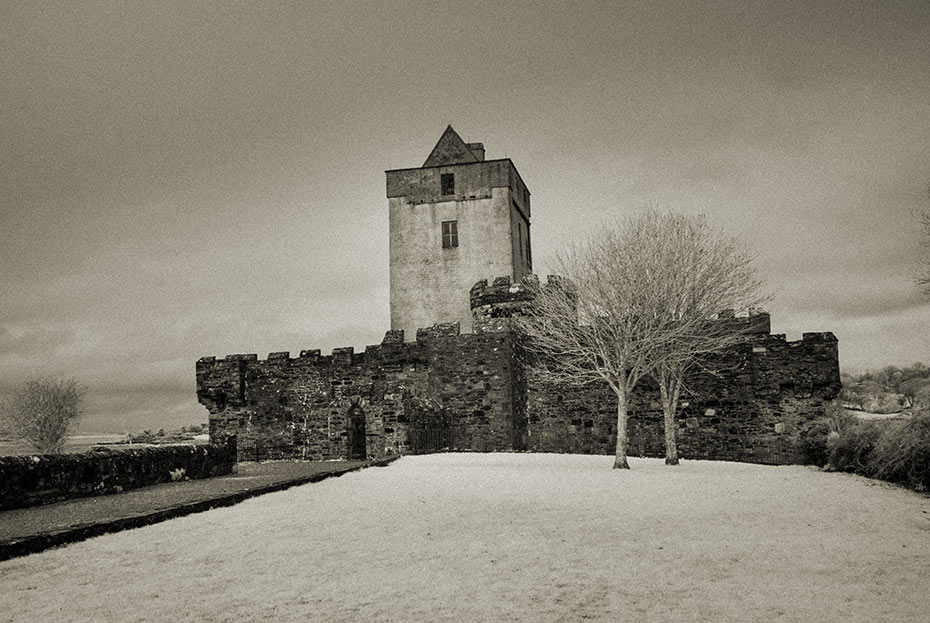
Doe Castle, Donegal, Ireland

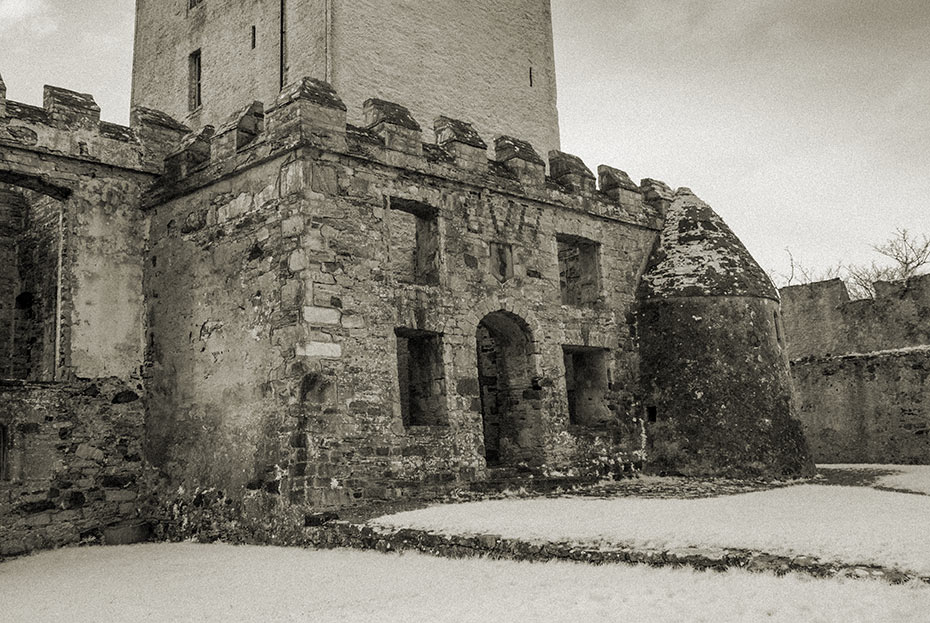
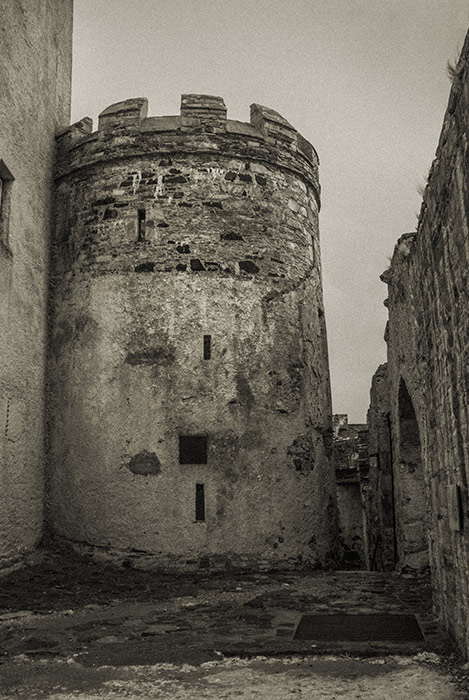

Pluck Standing Stone, Co Donegal, Ireland

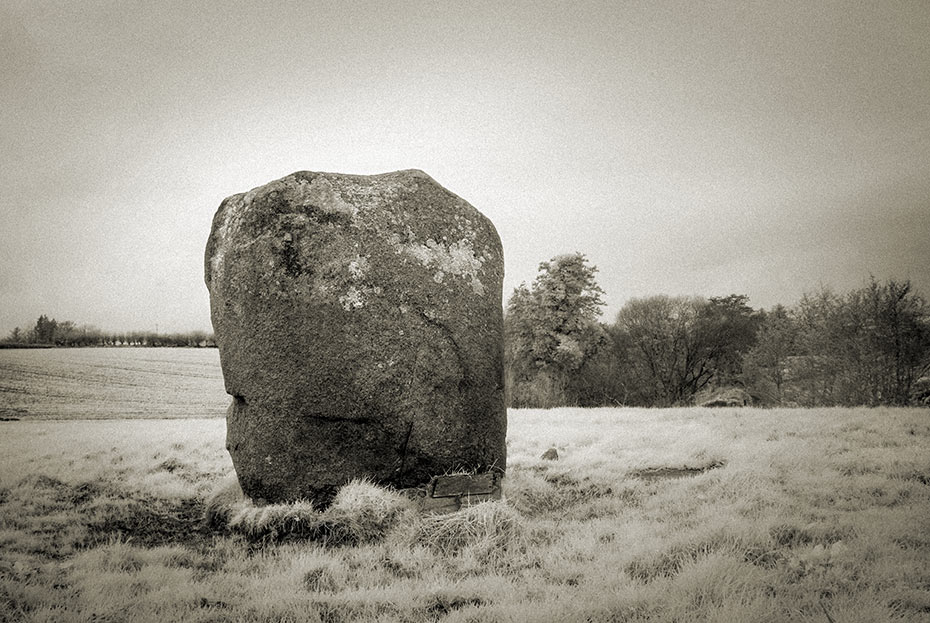
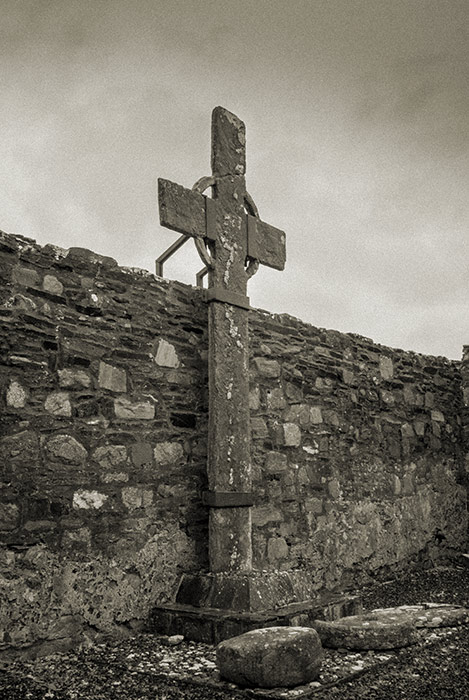
Ray High Cross, Co Donegal, Ireland
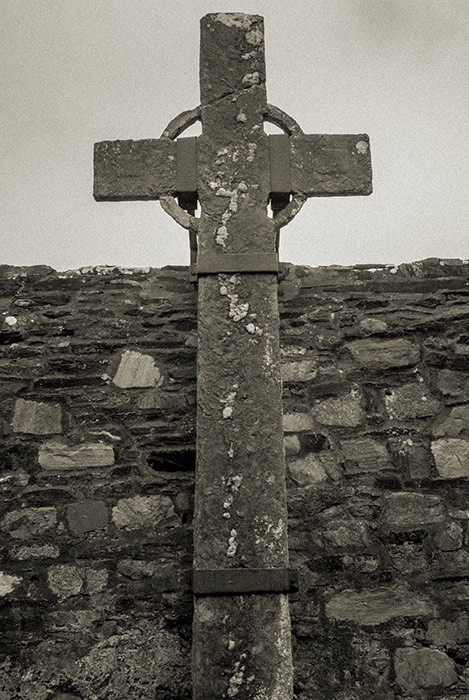
aka St Colm Cille’s Cross
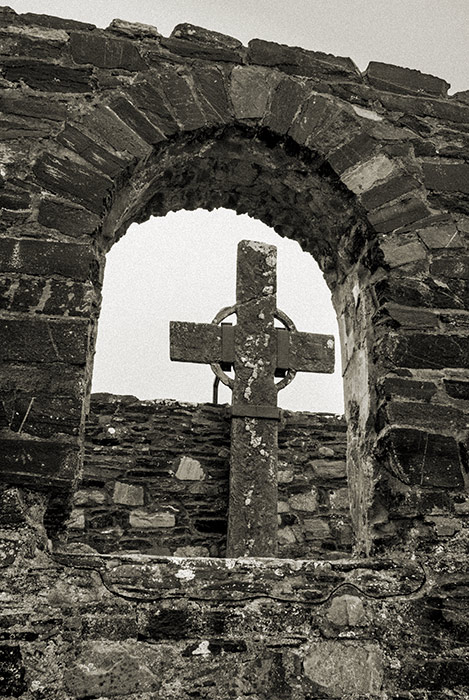

Ray Church, Co Donegal, Ireland

Castleroche (Roche Castle), Co Louth, Ireland


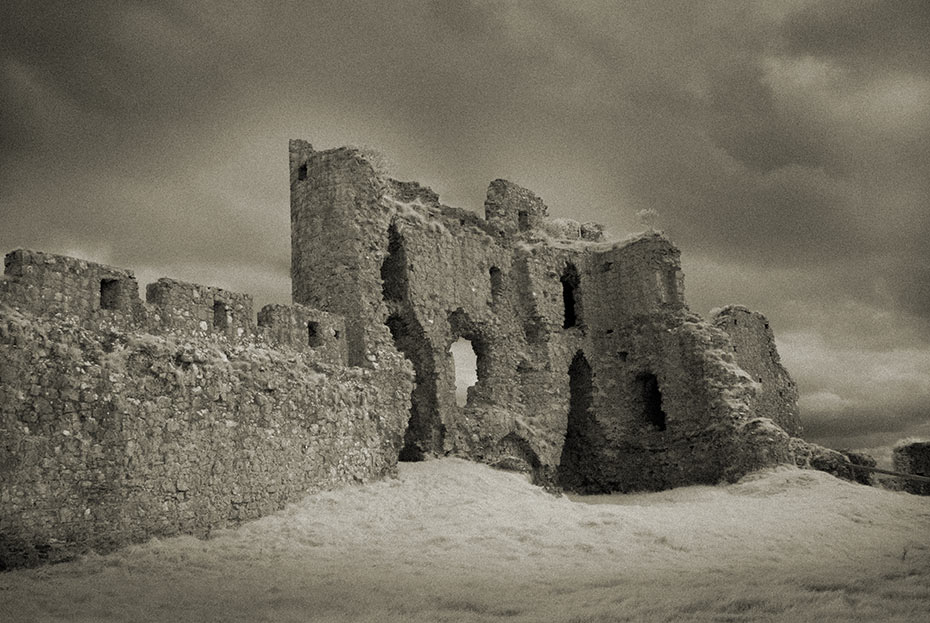
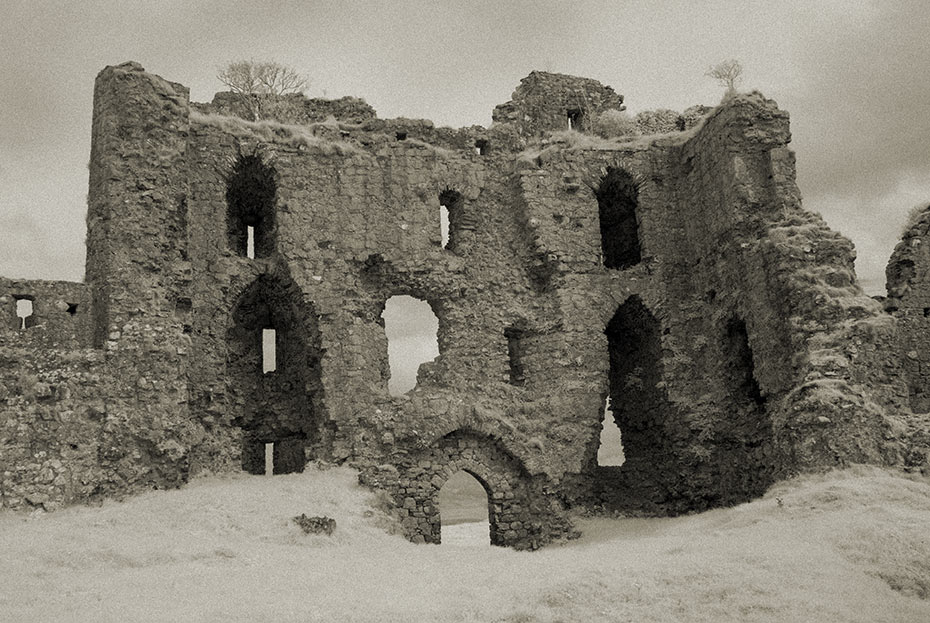
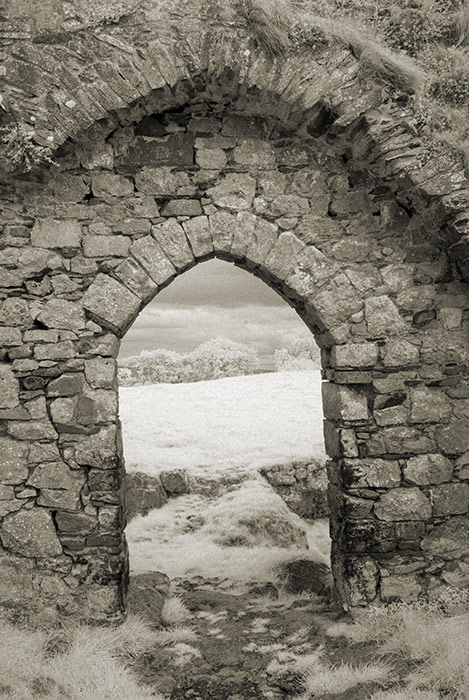

Dunlewy Old Church, the Poisoned Glen, Co Donegal, Ireland

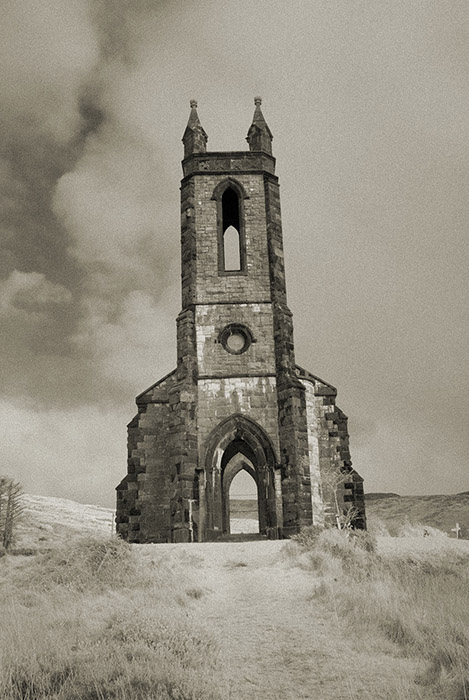

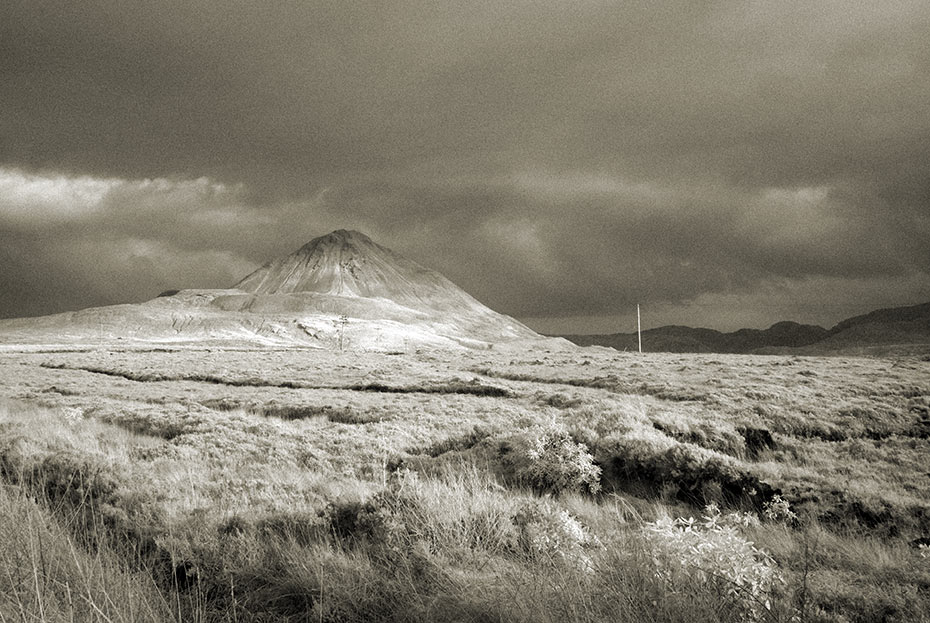
Mount Errigal, Co Donegal, Ireland

Ards Beg (Ardsbeg) Portal Tomb, Co Donegal, Ireland
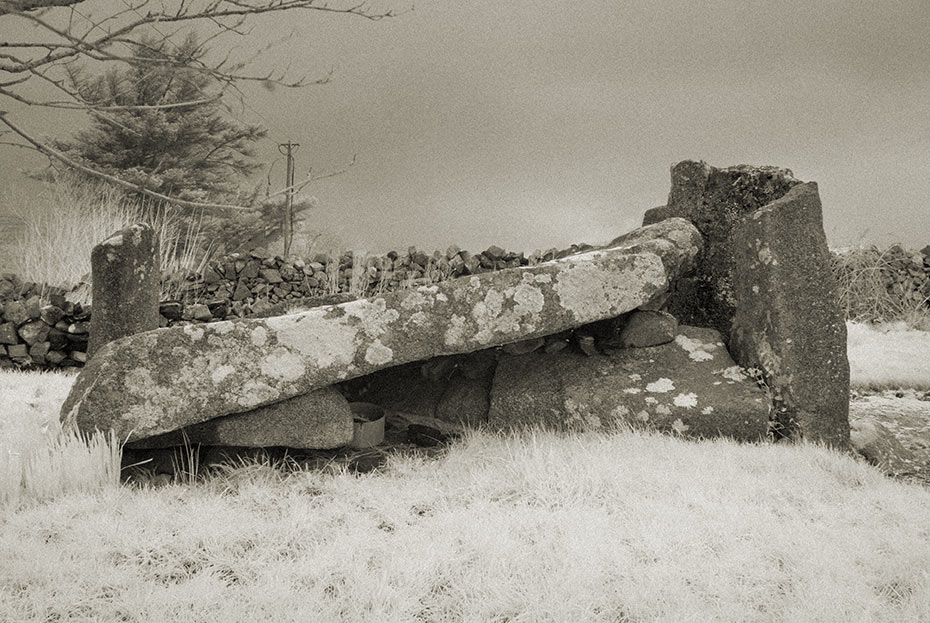

St John’s Tower, Castledermot, Co Kildare, Ireland. The bell tower of a medieval leper hospital founded in 1210

Trim Castle, Co Meath, Ireland


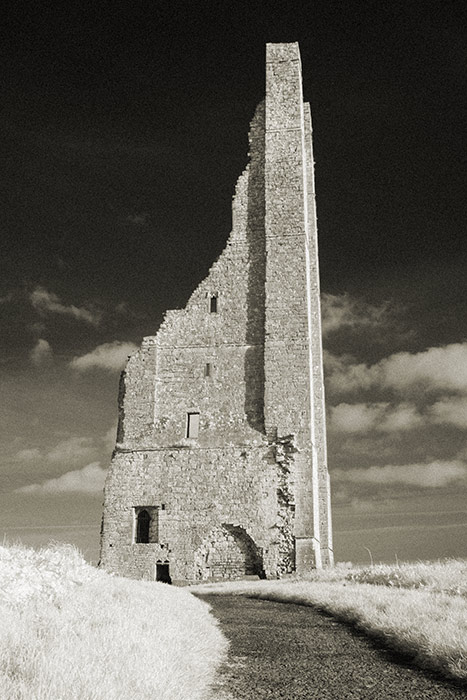
The Yellow Steeple, – St. Mary’s Abbey, Trim, Co Meath, Ireland


Door detail of St. Mary’s Abbey
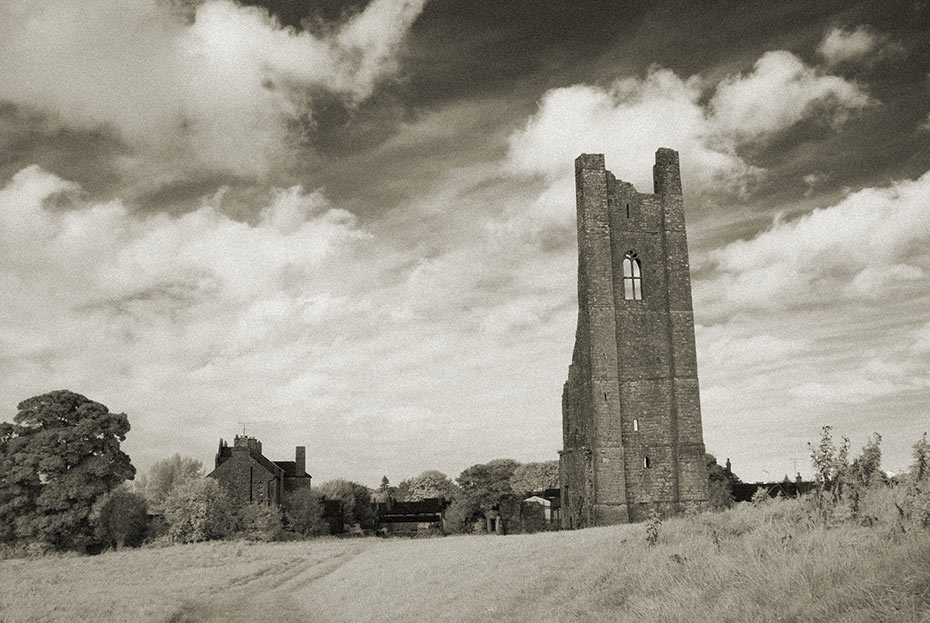
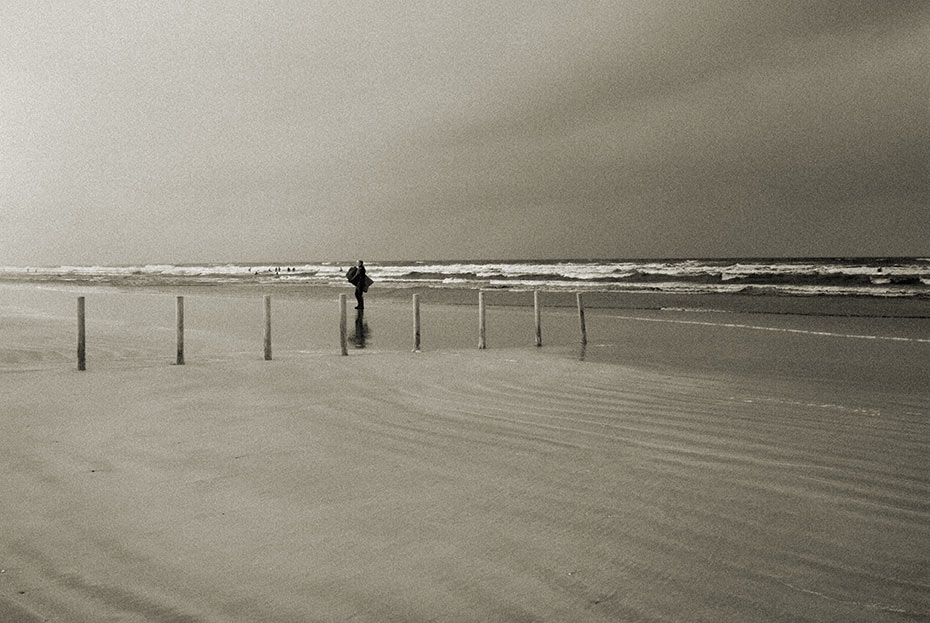
Portstewart strand, Co Antrim, Northern Ireland
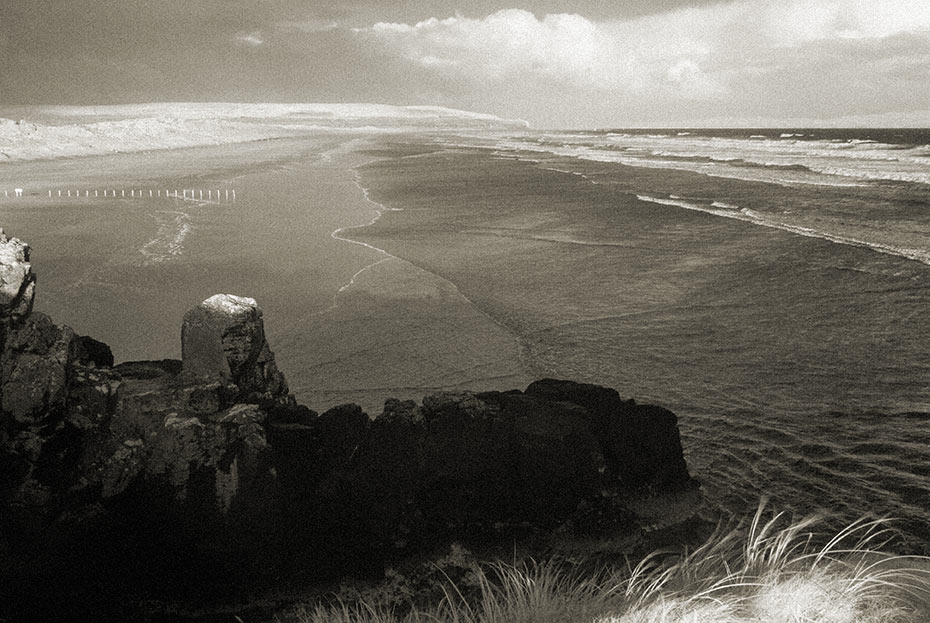
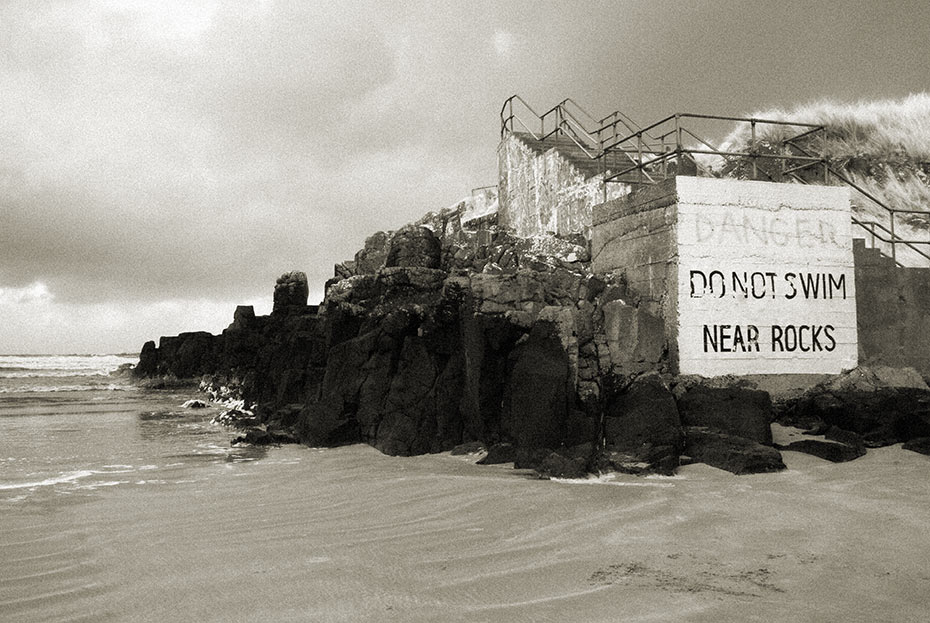
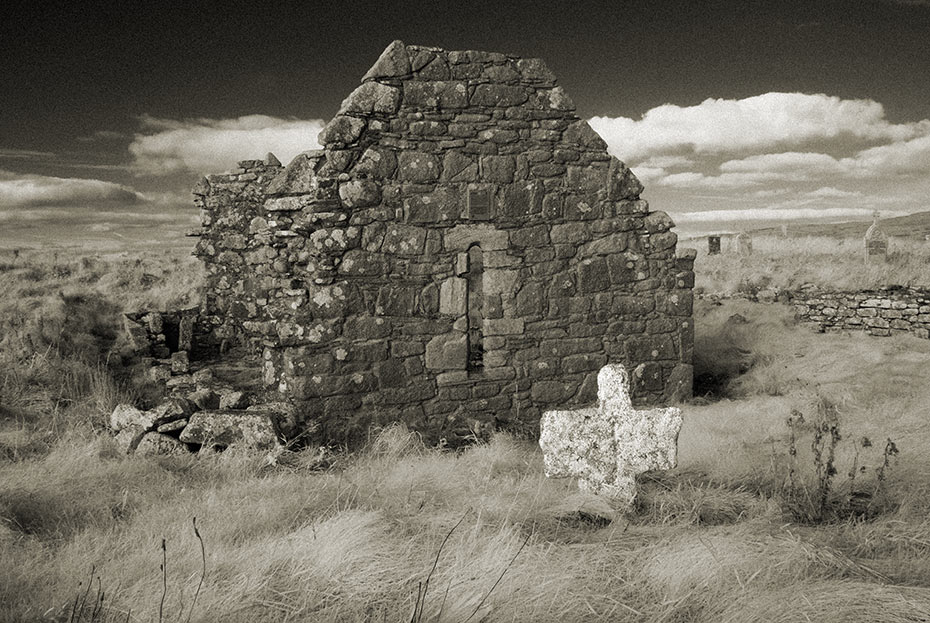
St Deirbhile’s Church, Belmullet, Co Mayo, Ireland

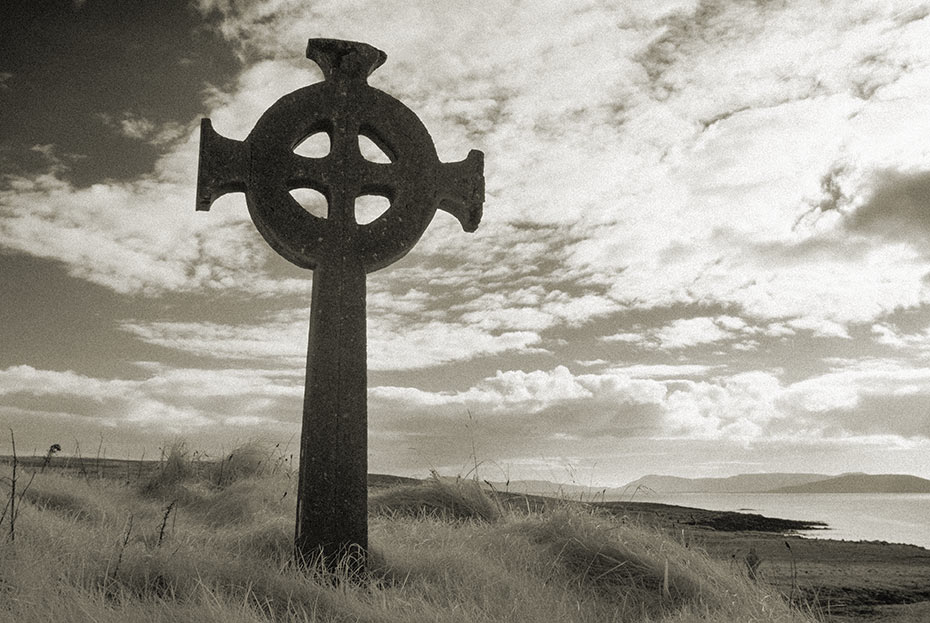
Some of the crosses in St Deirbhile’s Graveyard

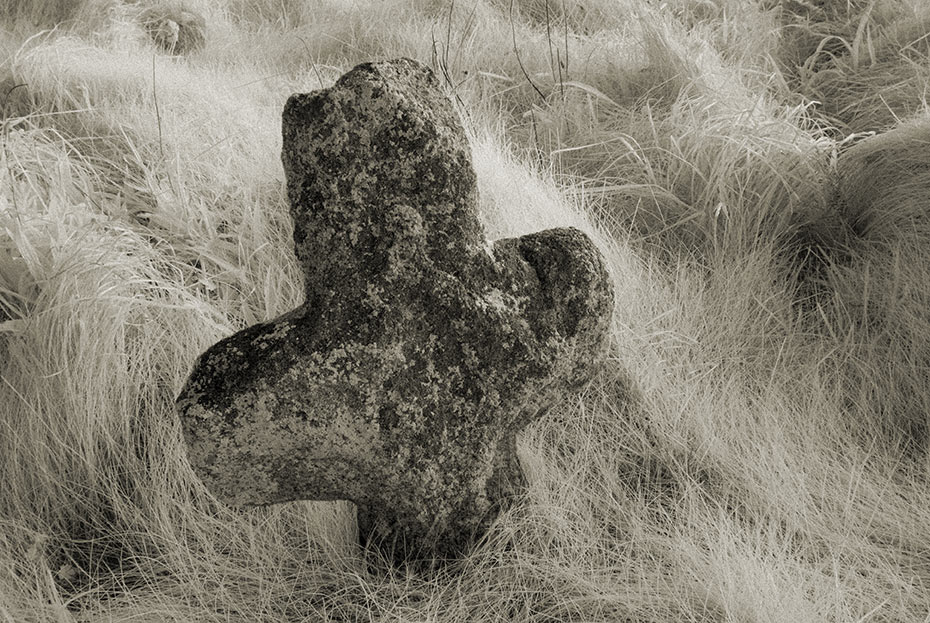
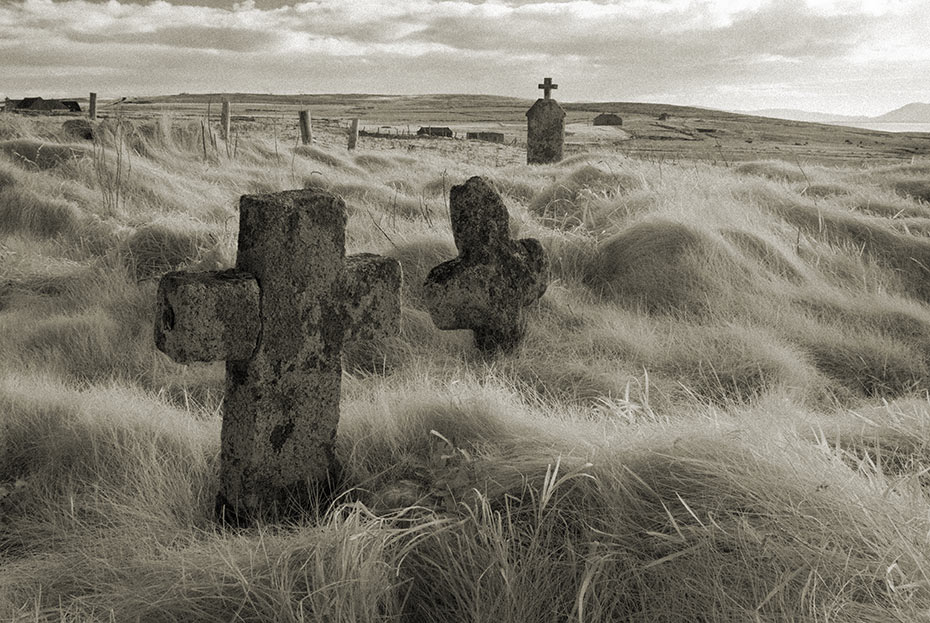
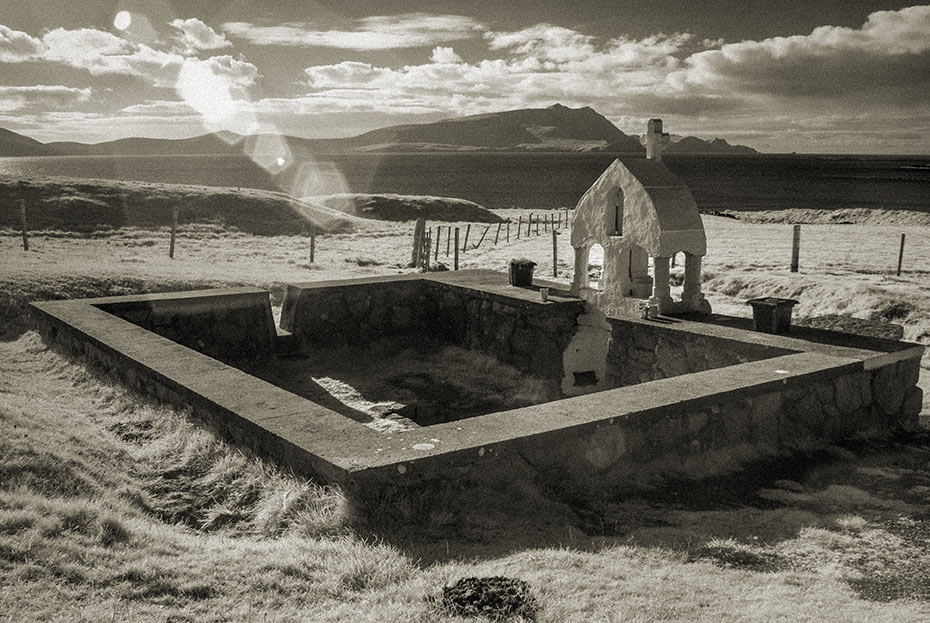
St Deirbhile’s Holy Well, Belmullet, Co Mayo, Ireland
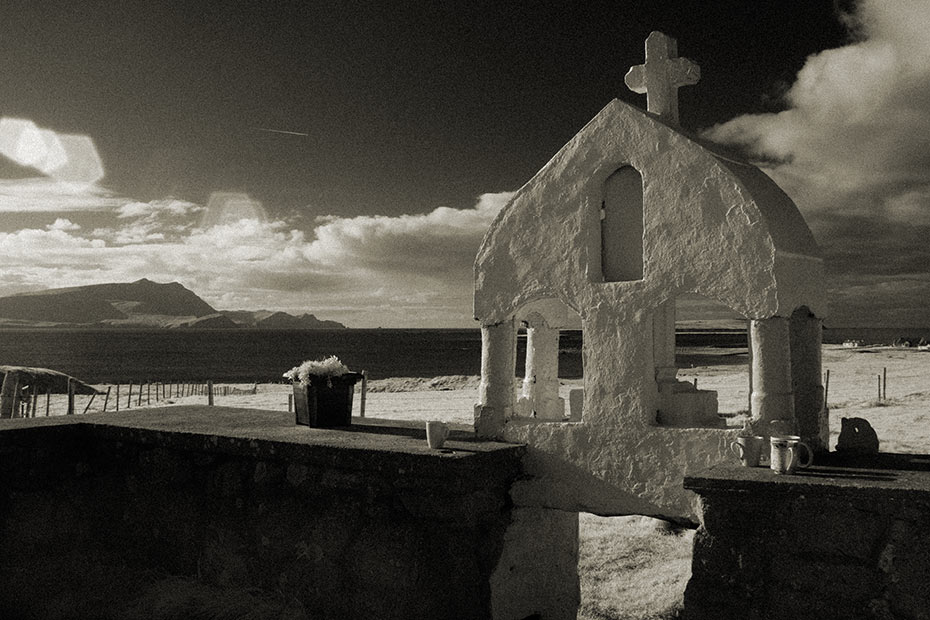
An annual pilgrimage takes place around 15th August
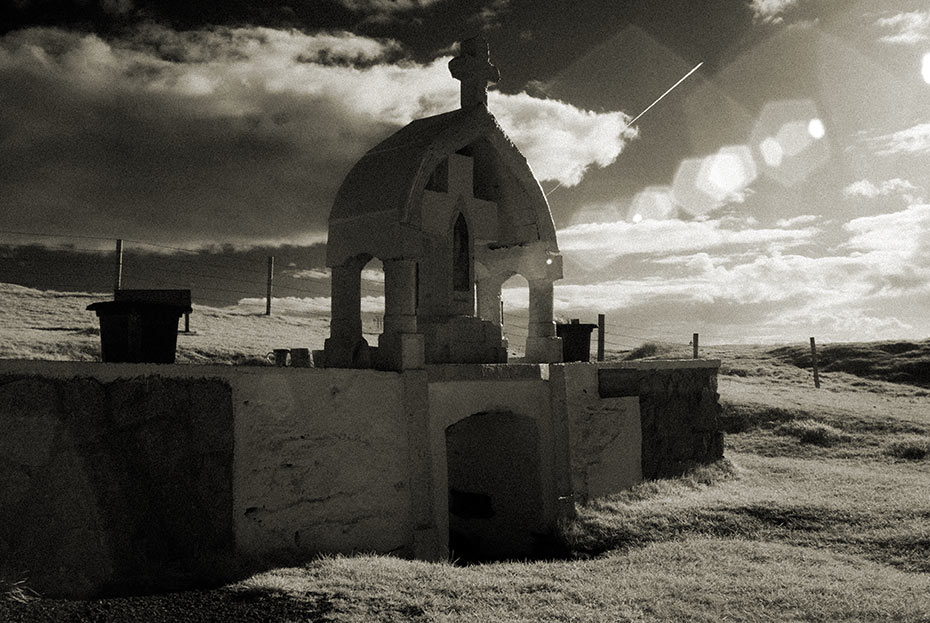
The story of St. Dairbhile goes something like this… born of a noble family of Meath she travelled to the Mullet peninsula to escape a noble suitor. However, she was followed, and gouged out her own eyes to make herself less attractive. When her horrified Prince left, she washed her eyes in the waters of a well that sprung from where they had fallen and her sight was restored.
